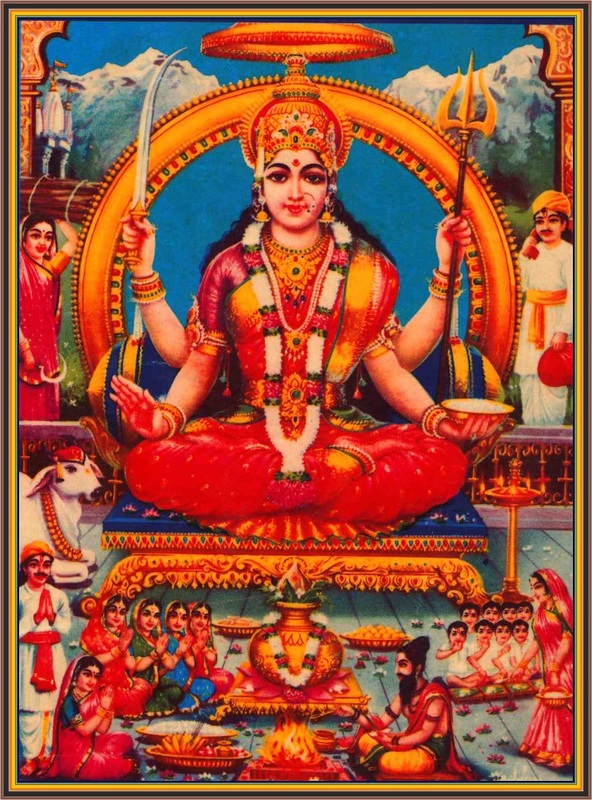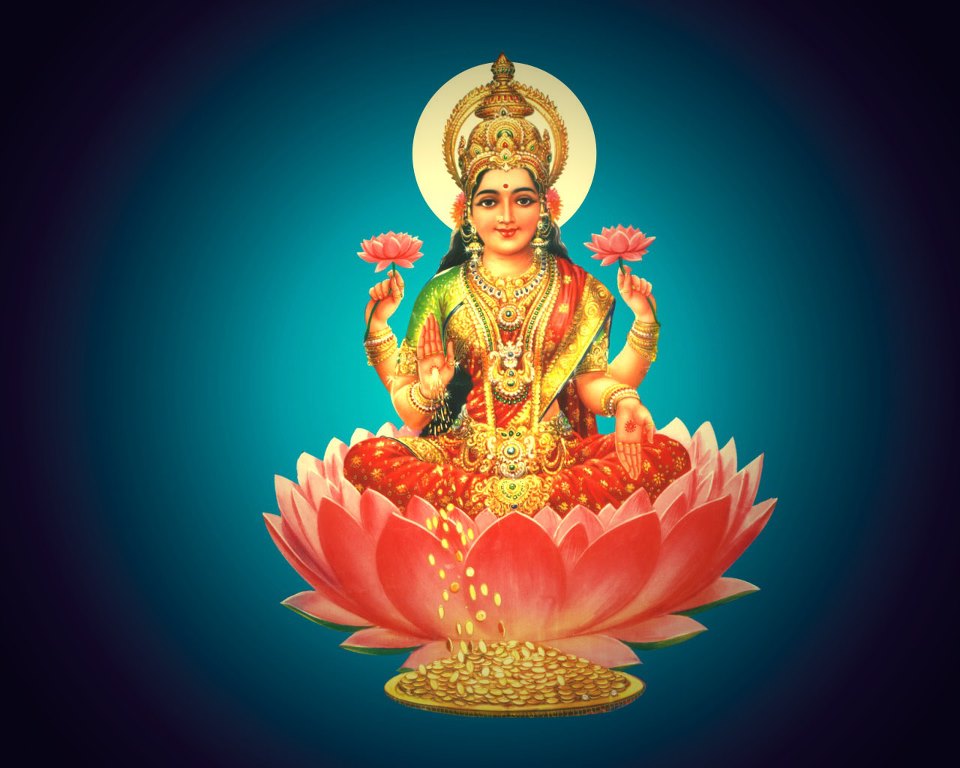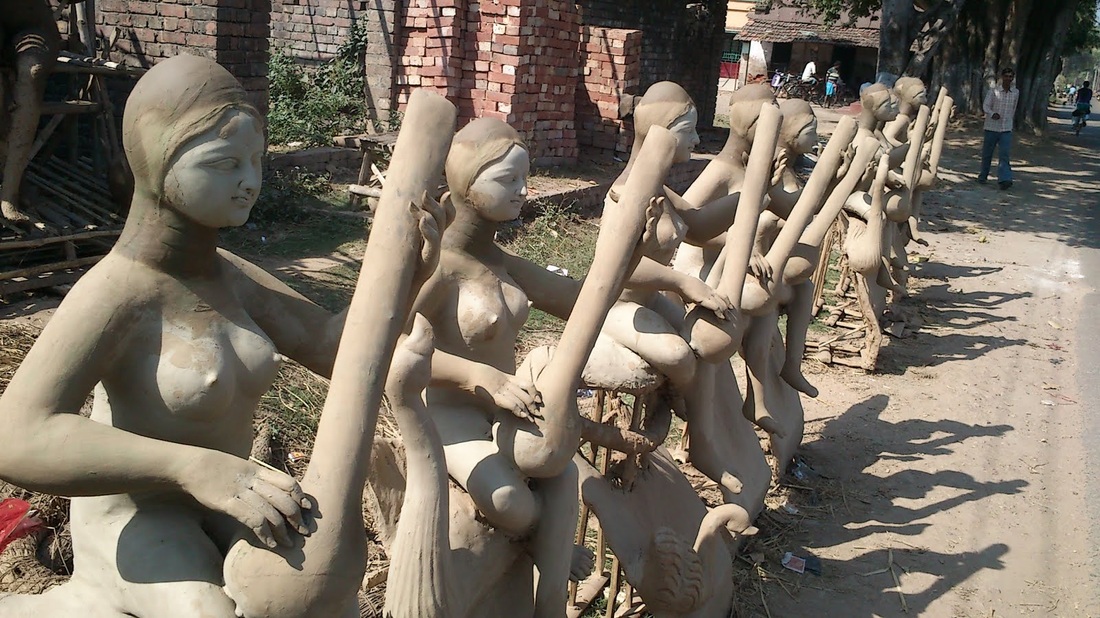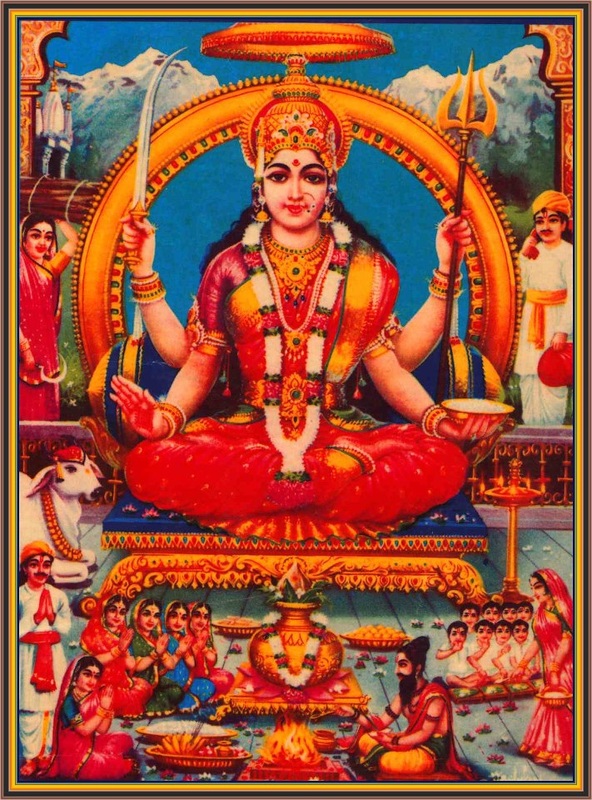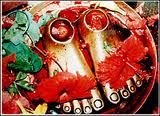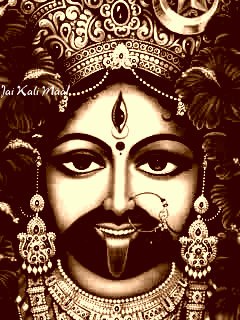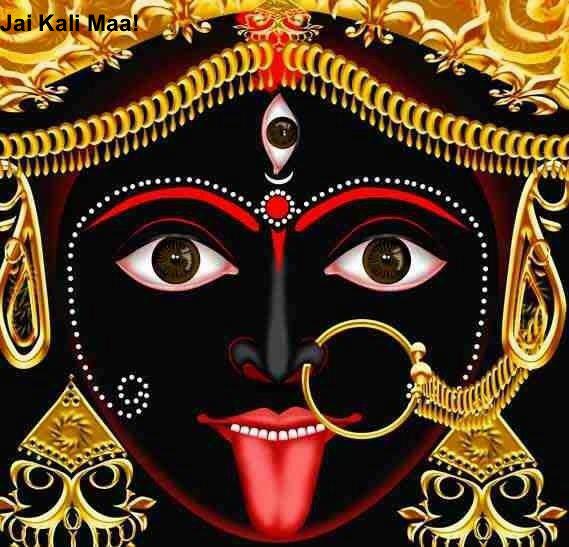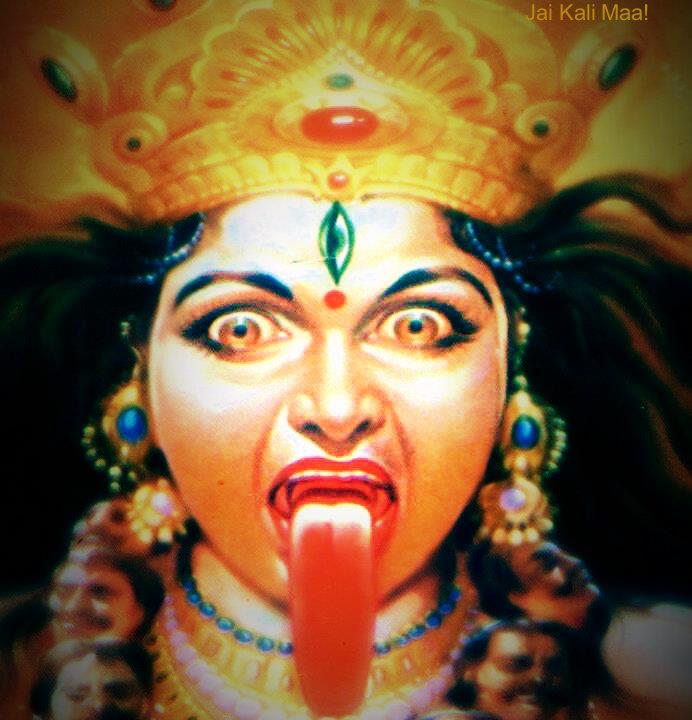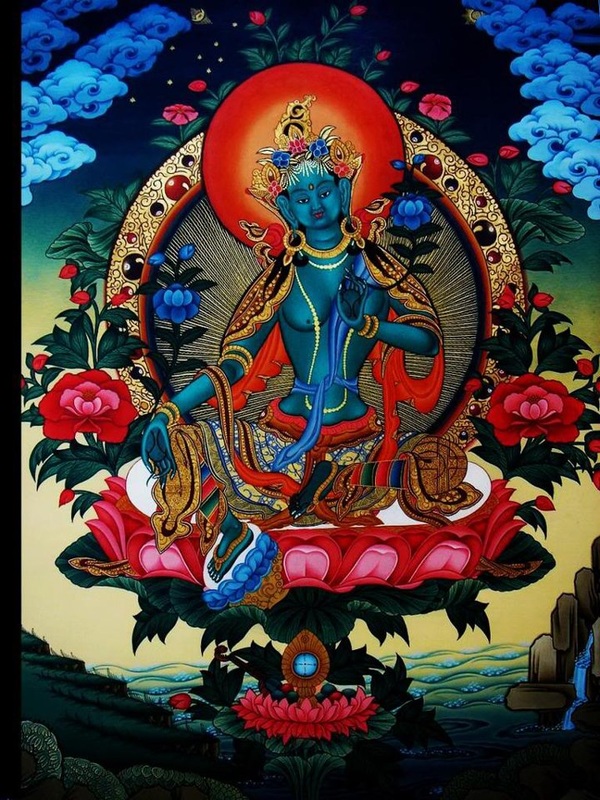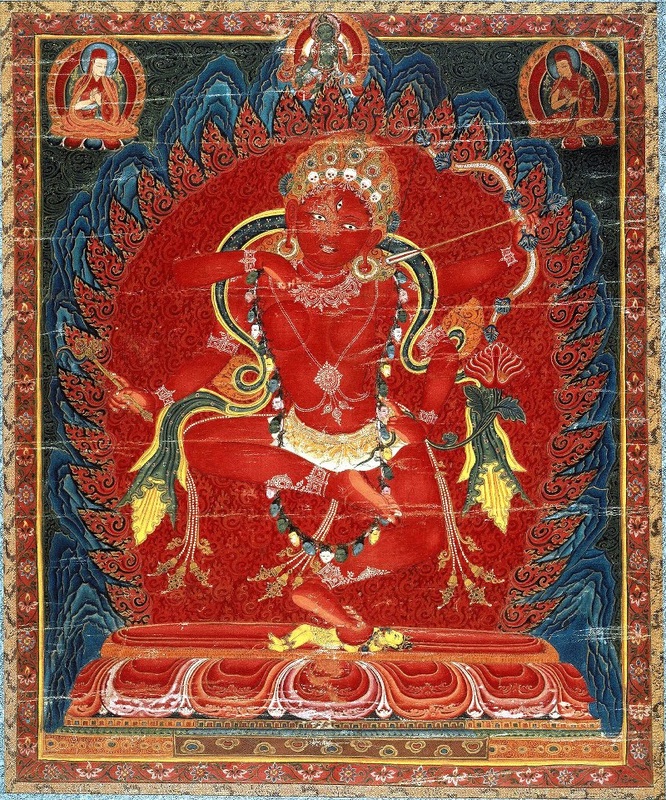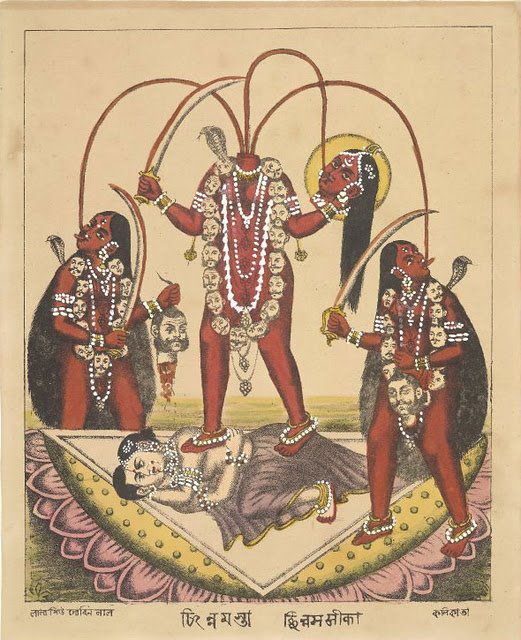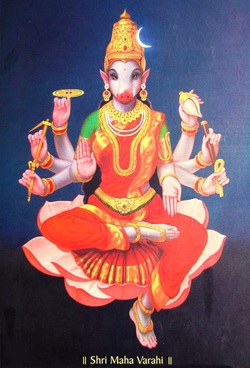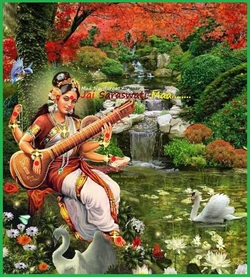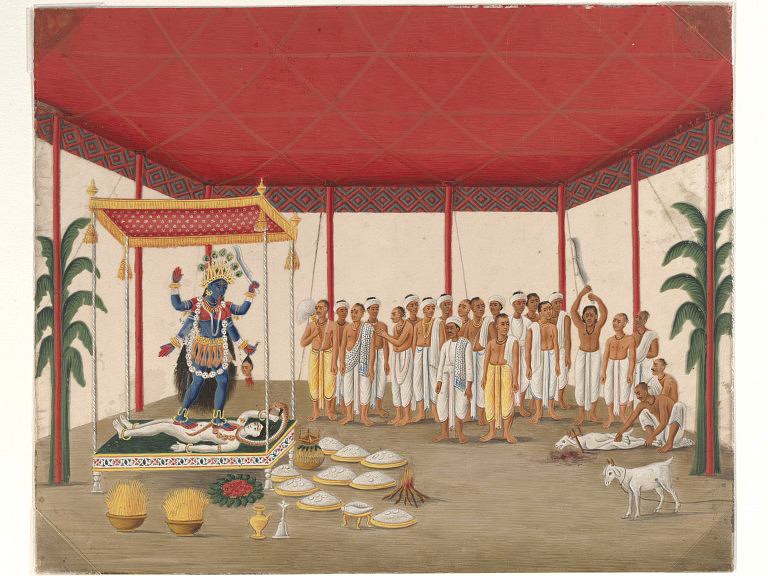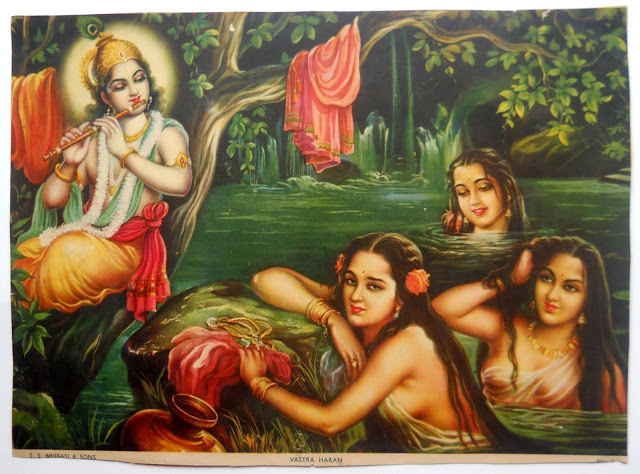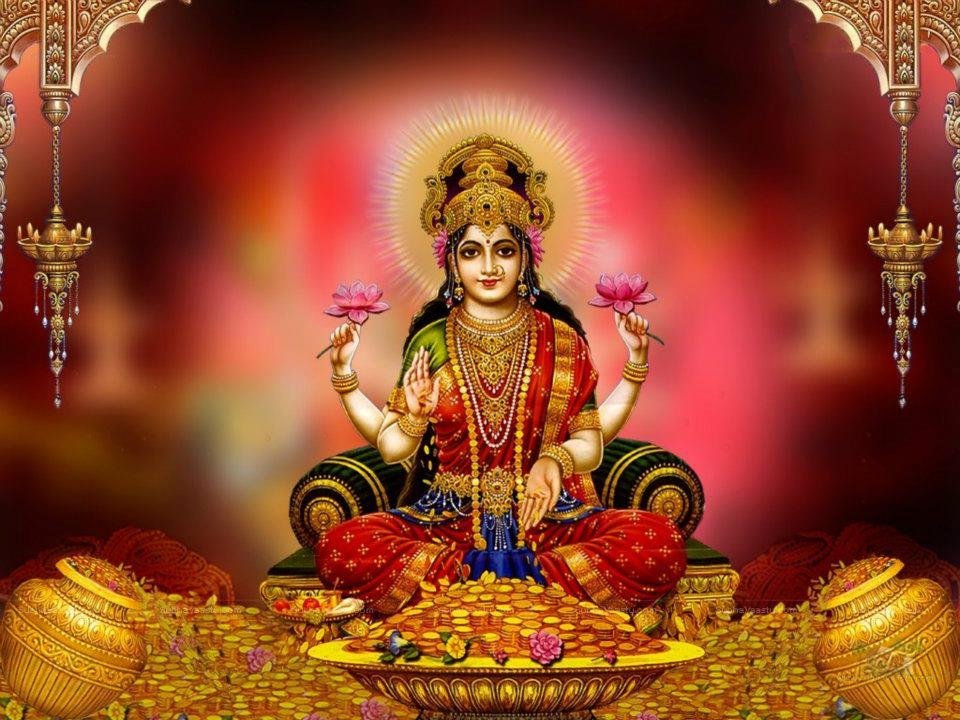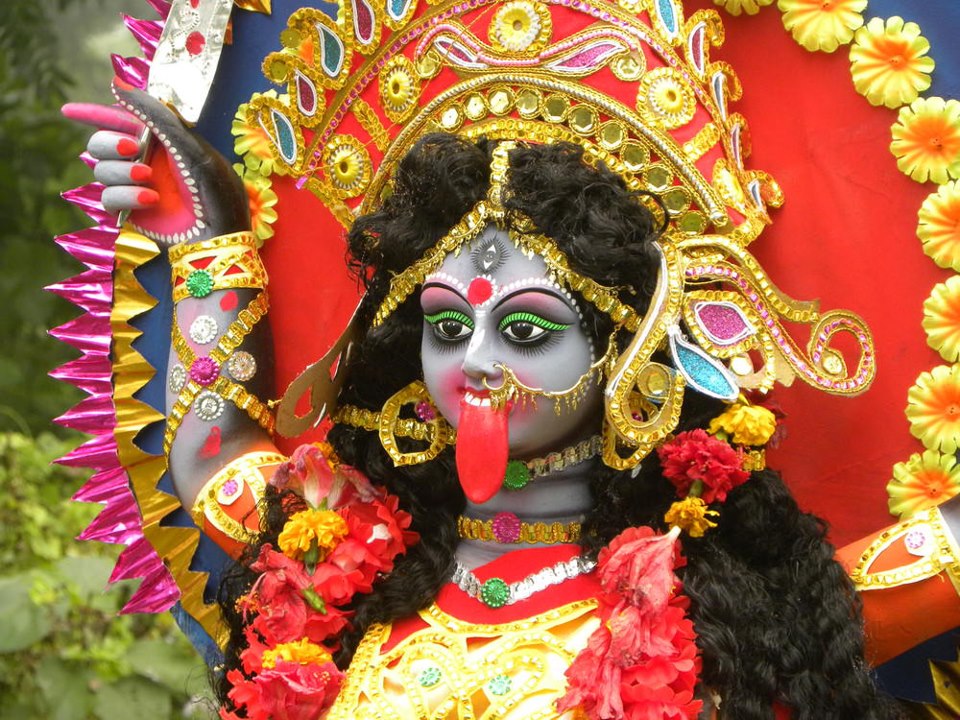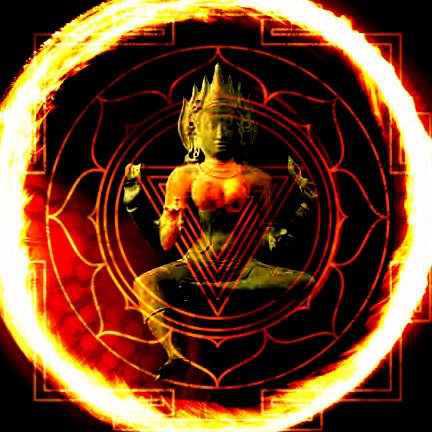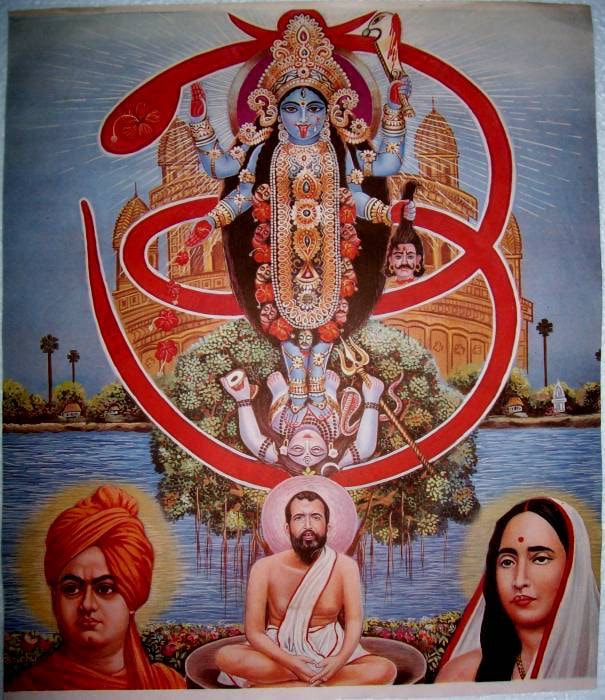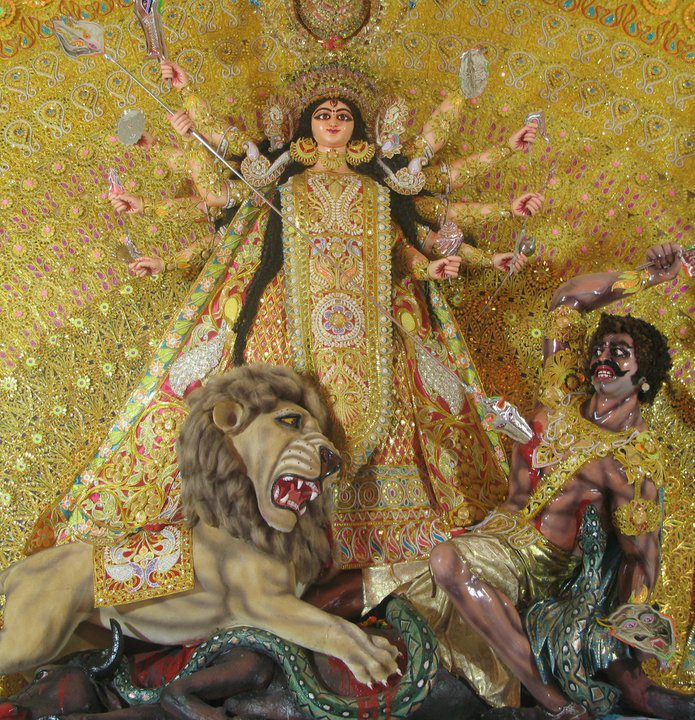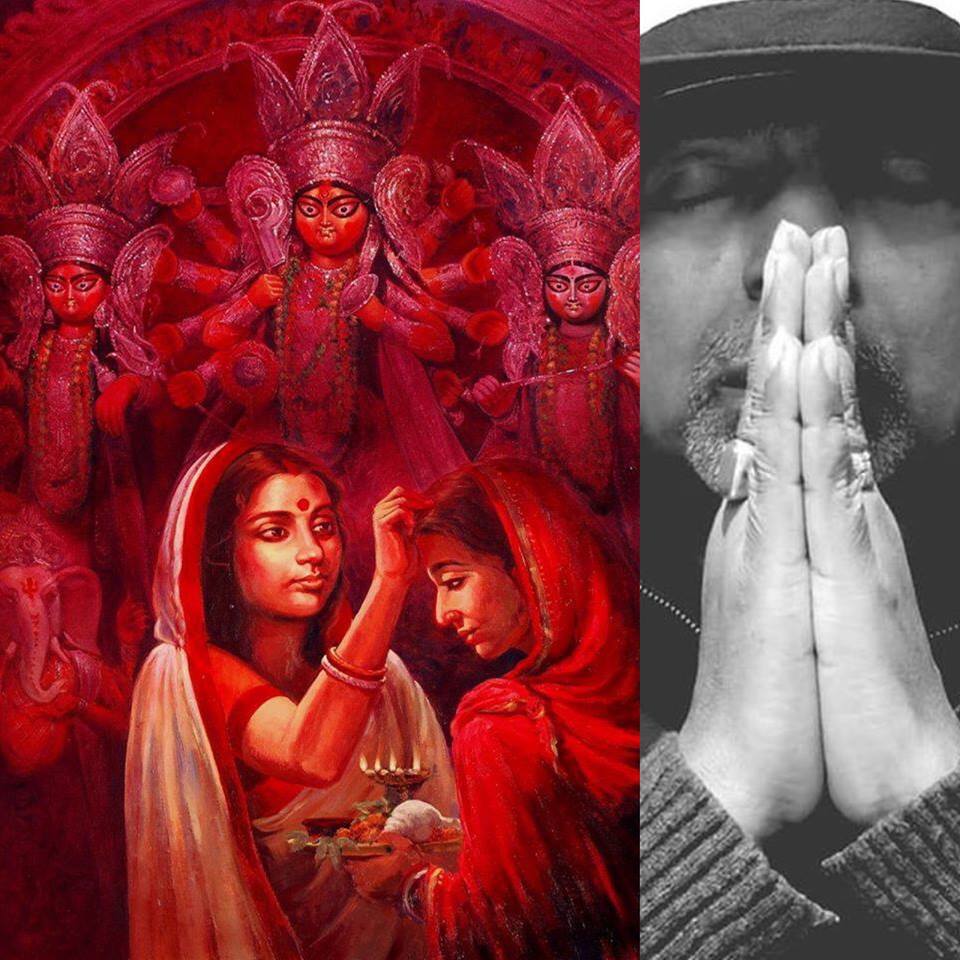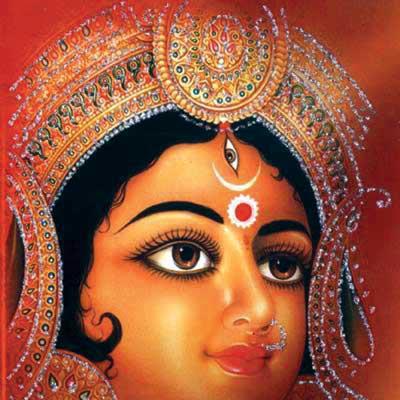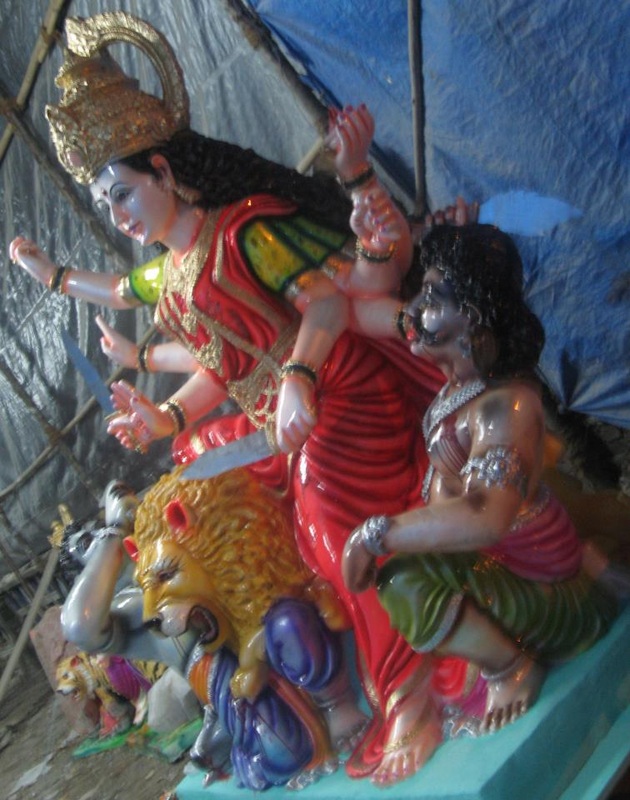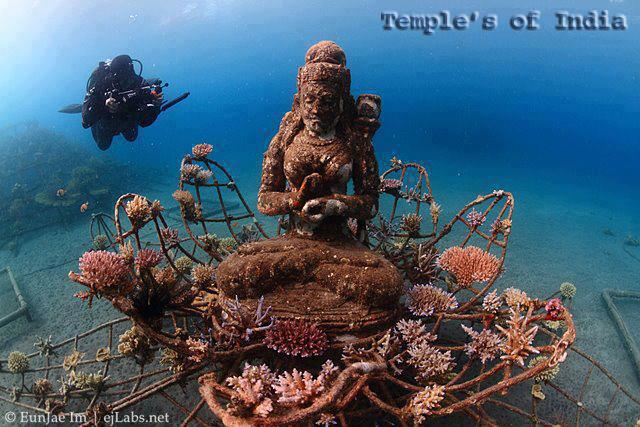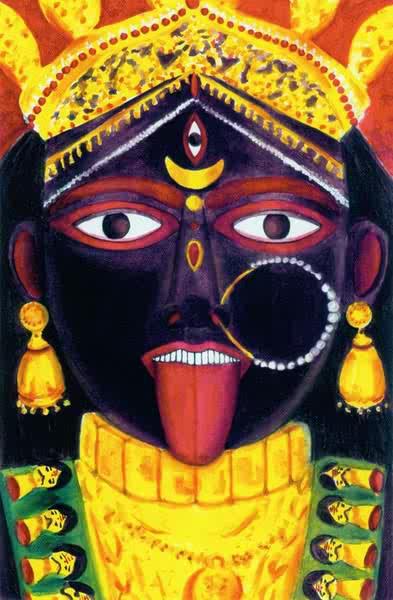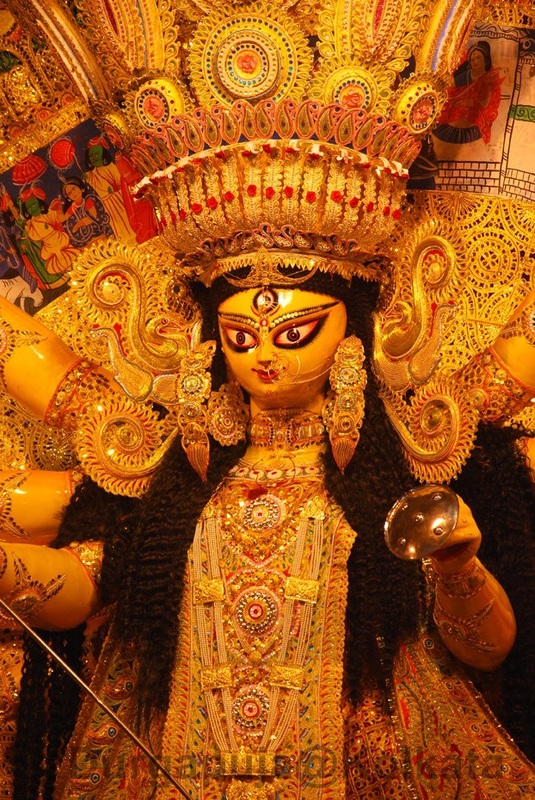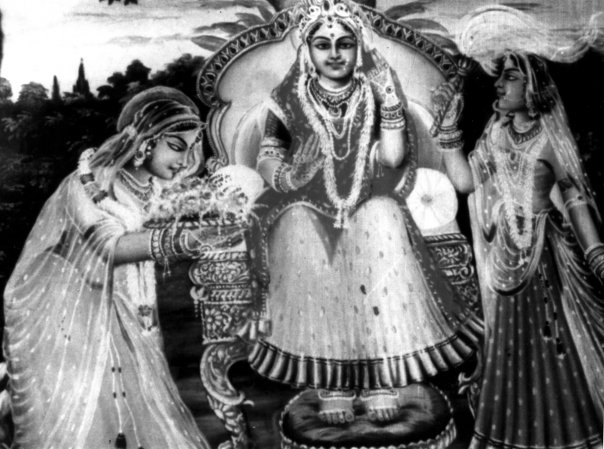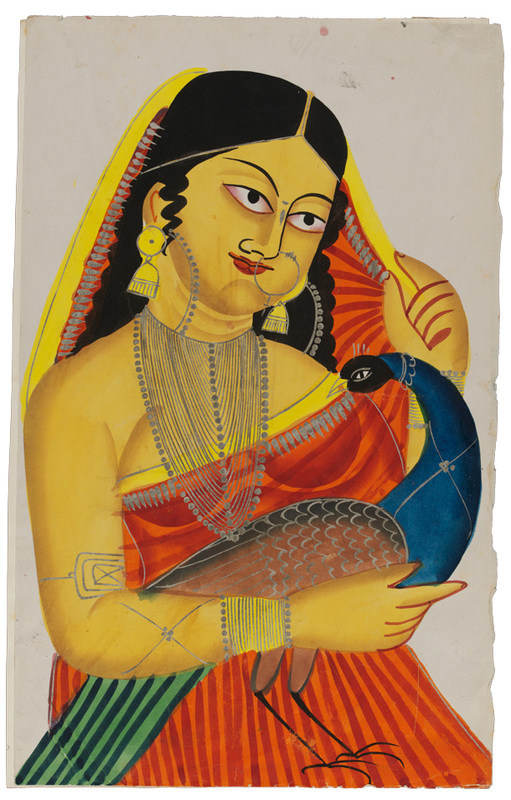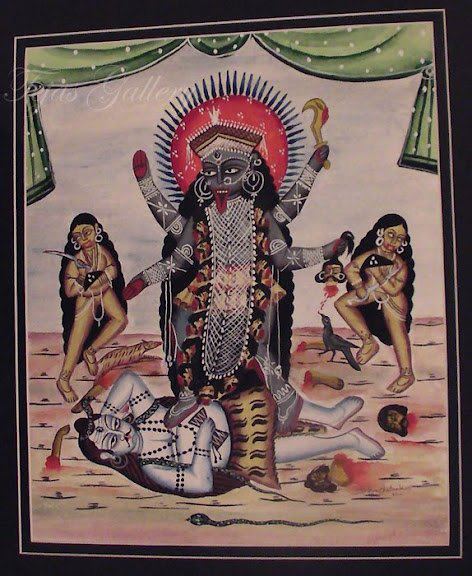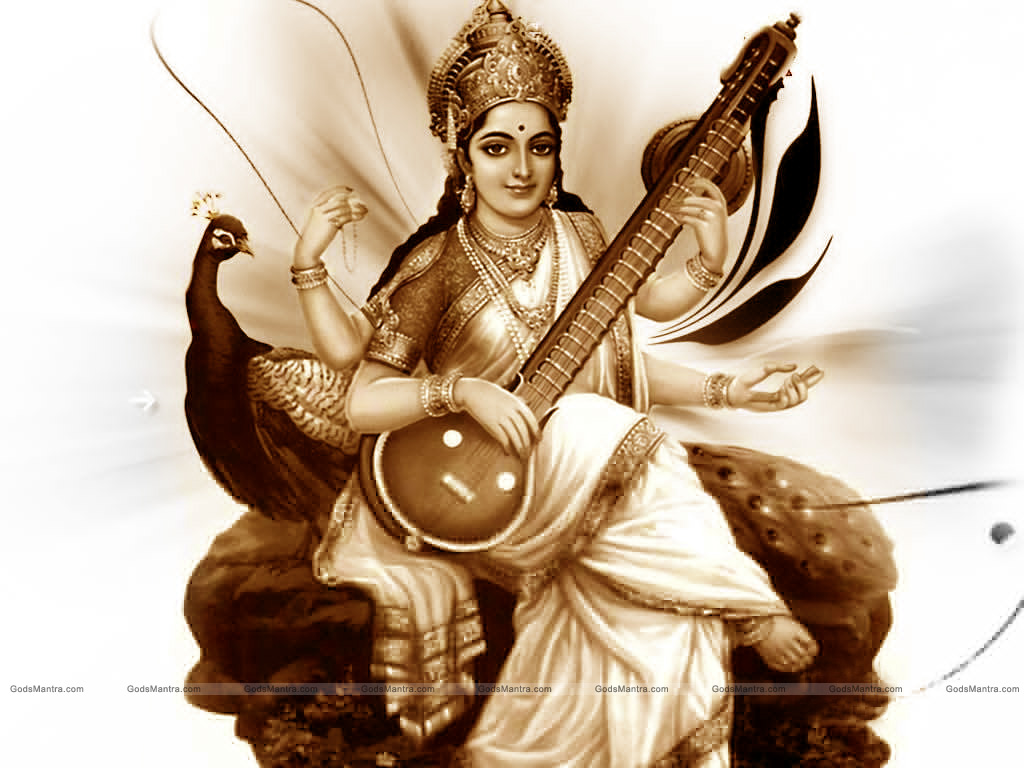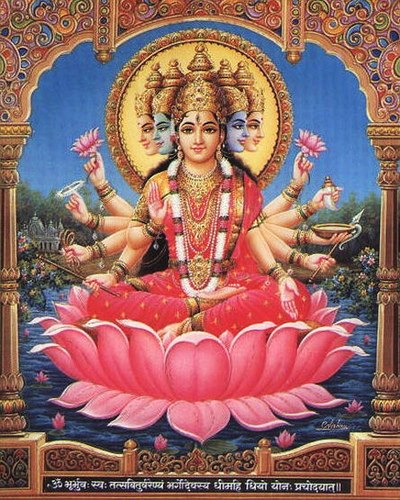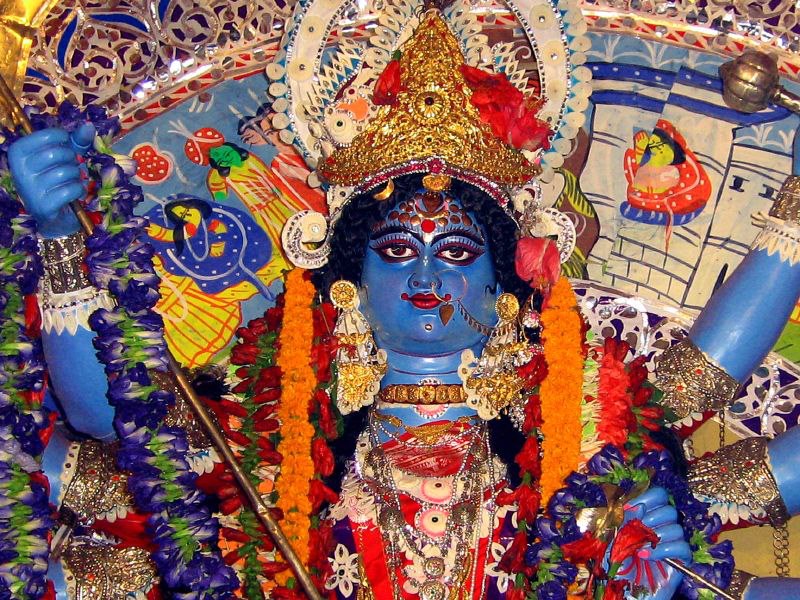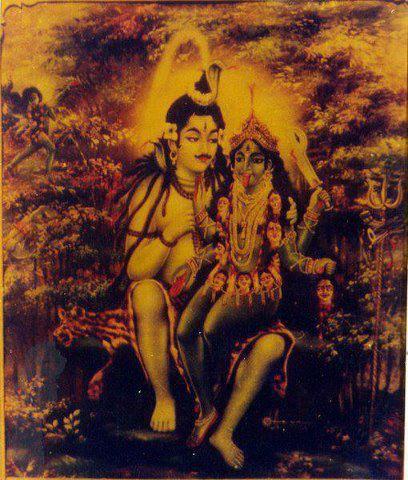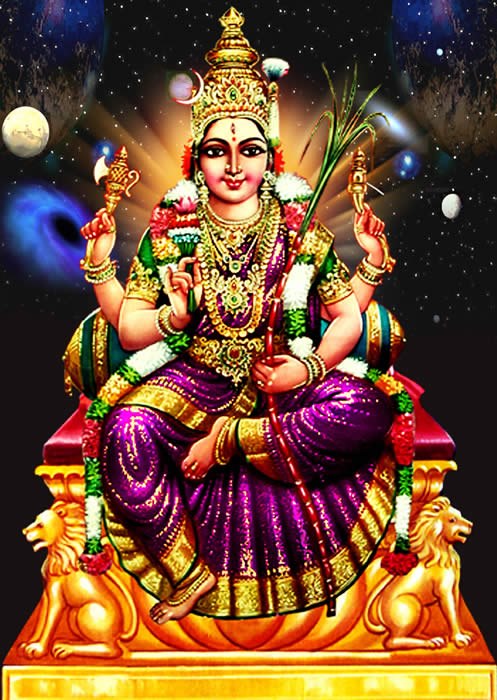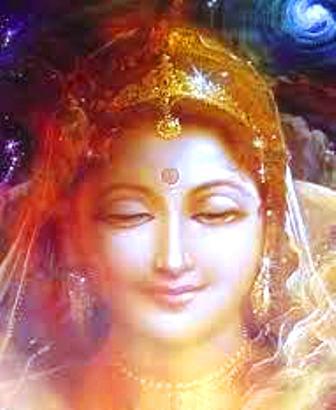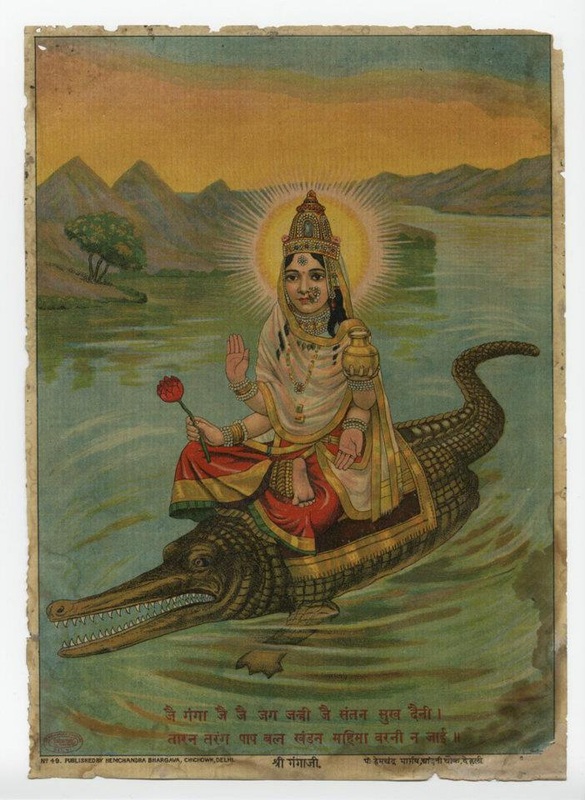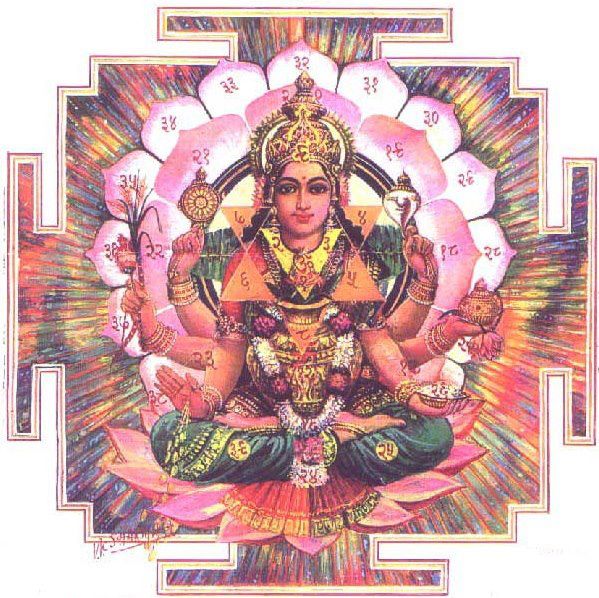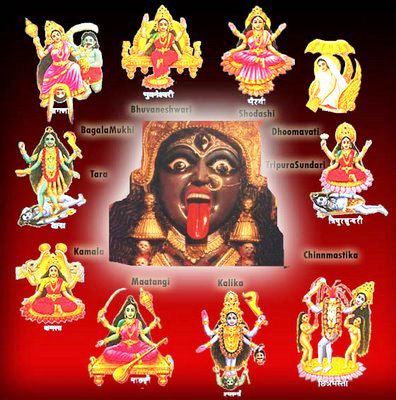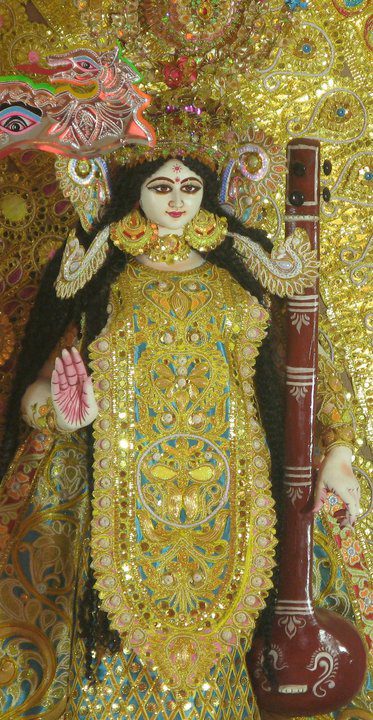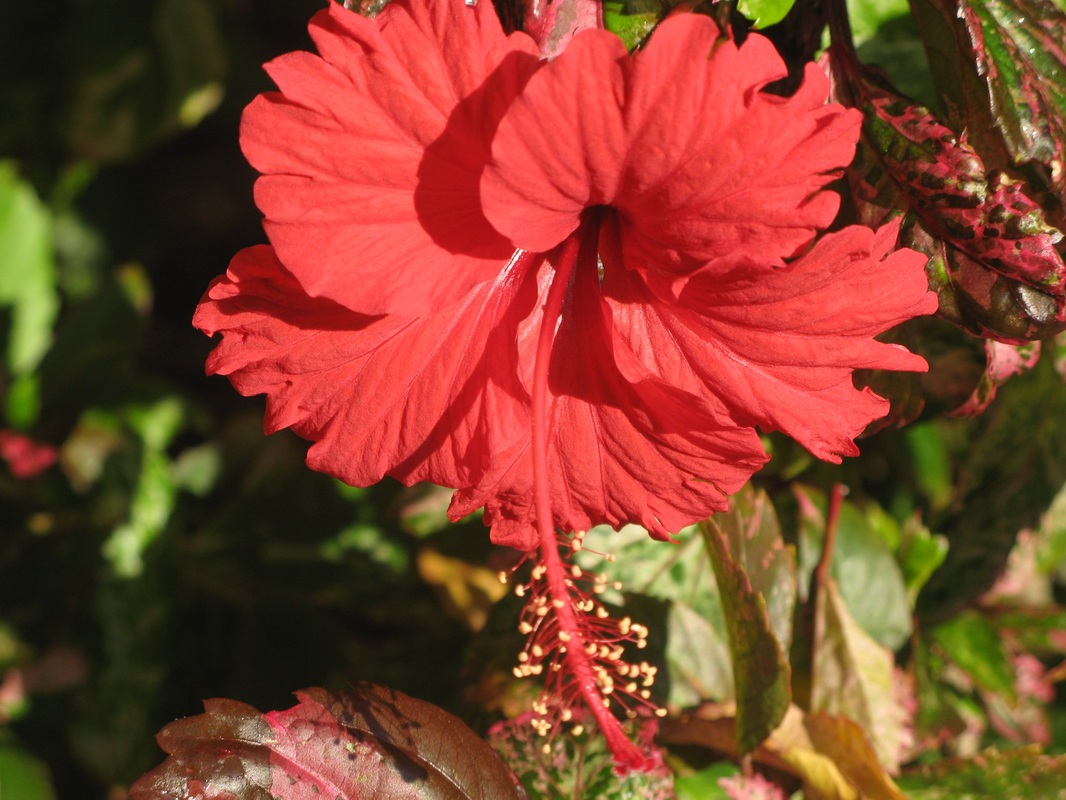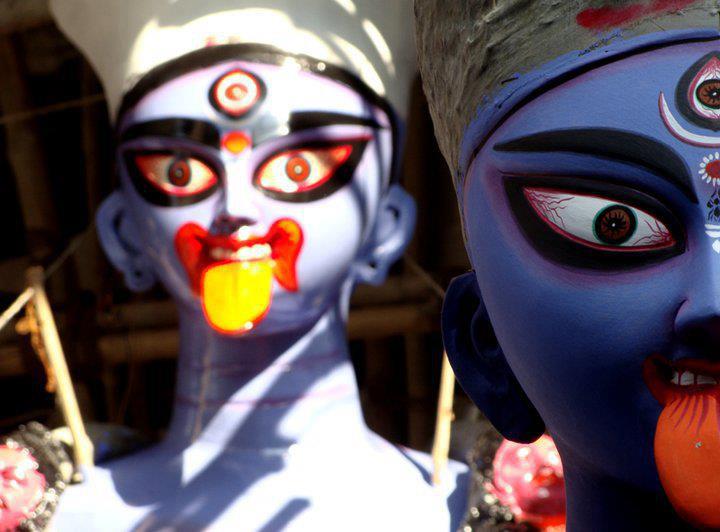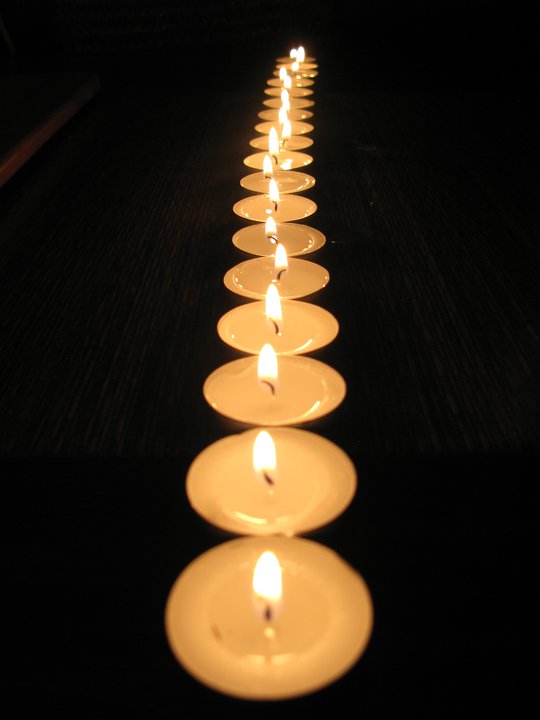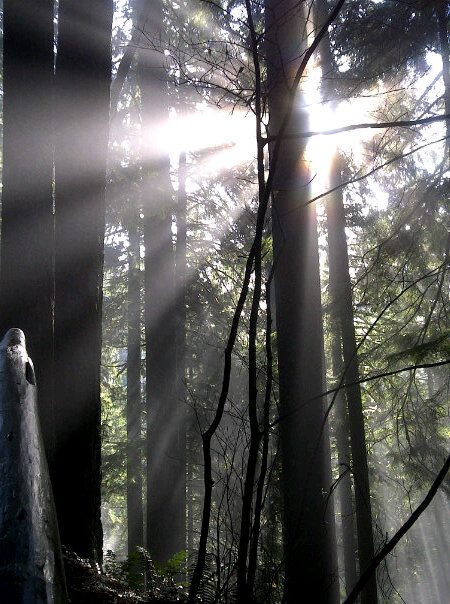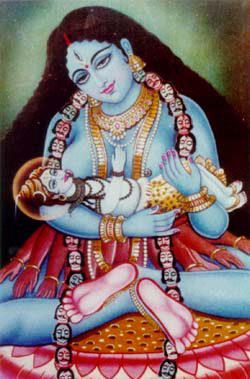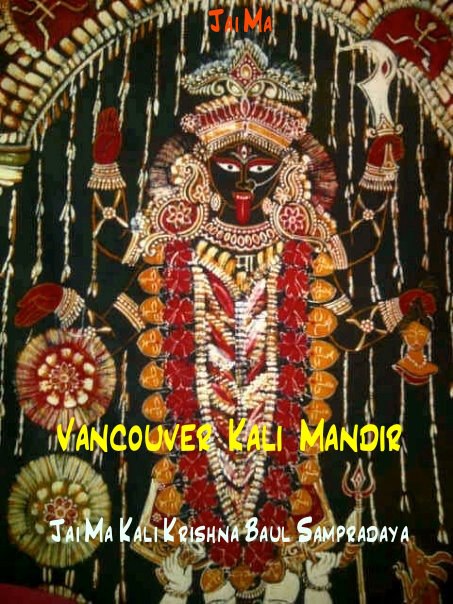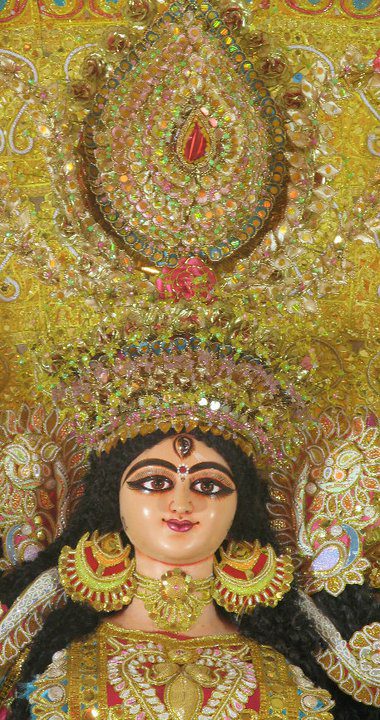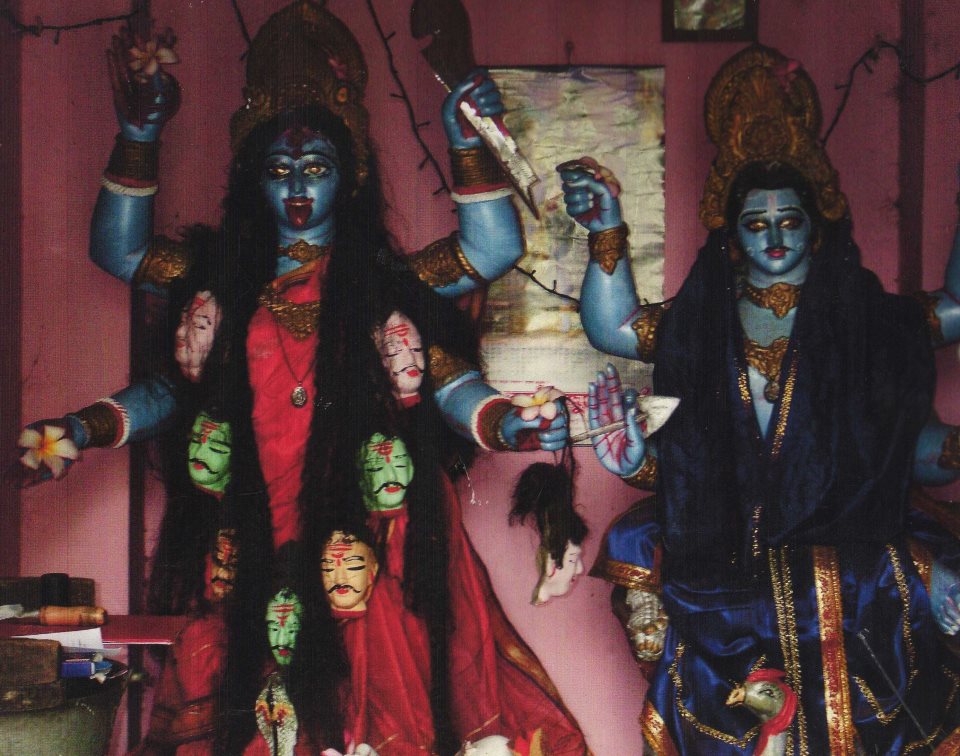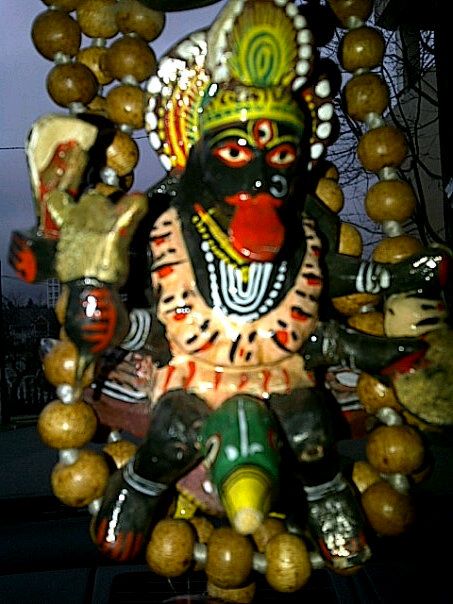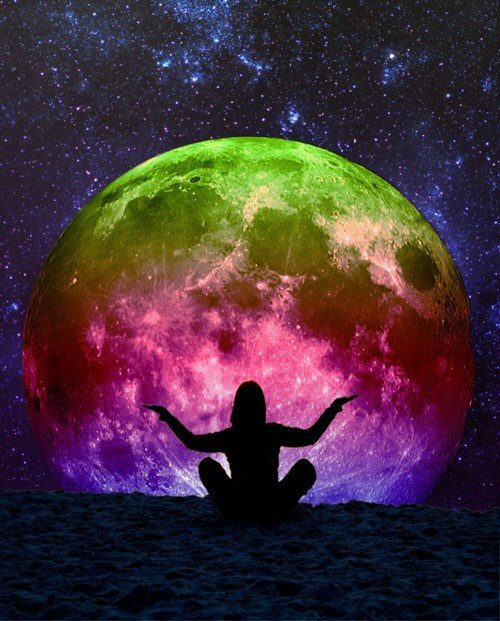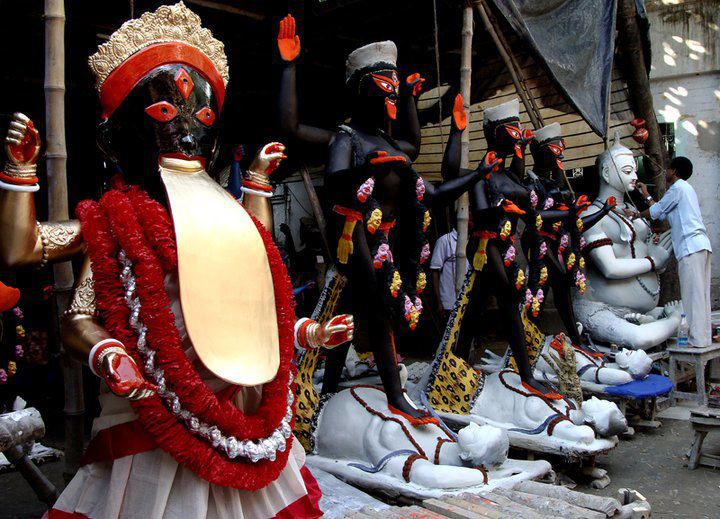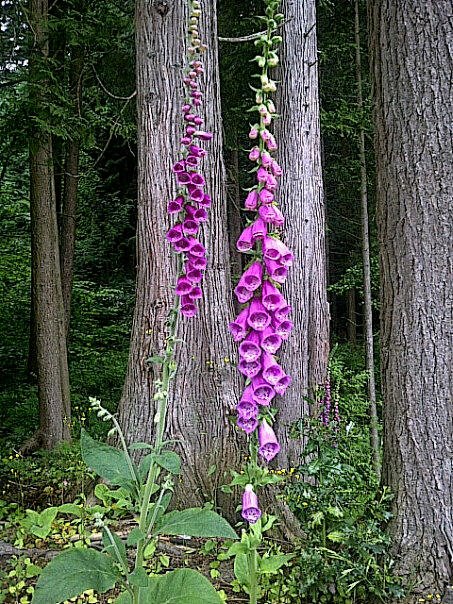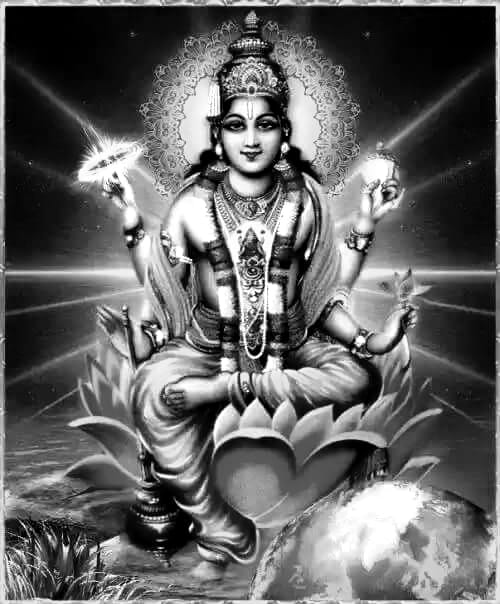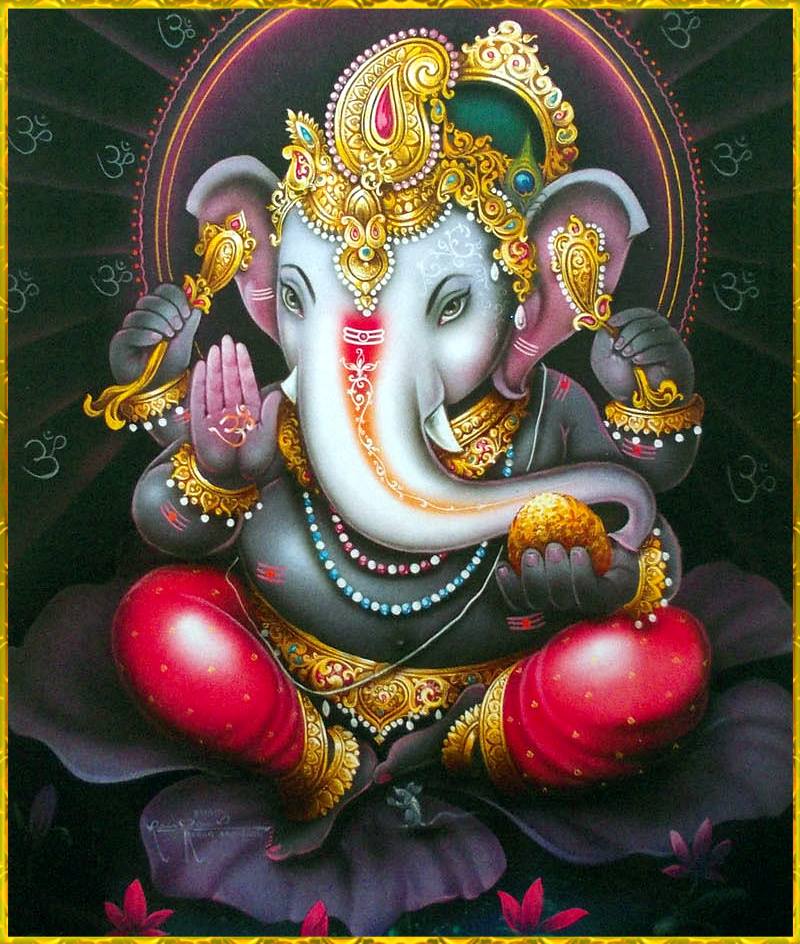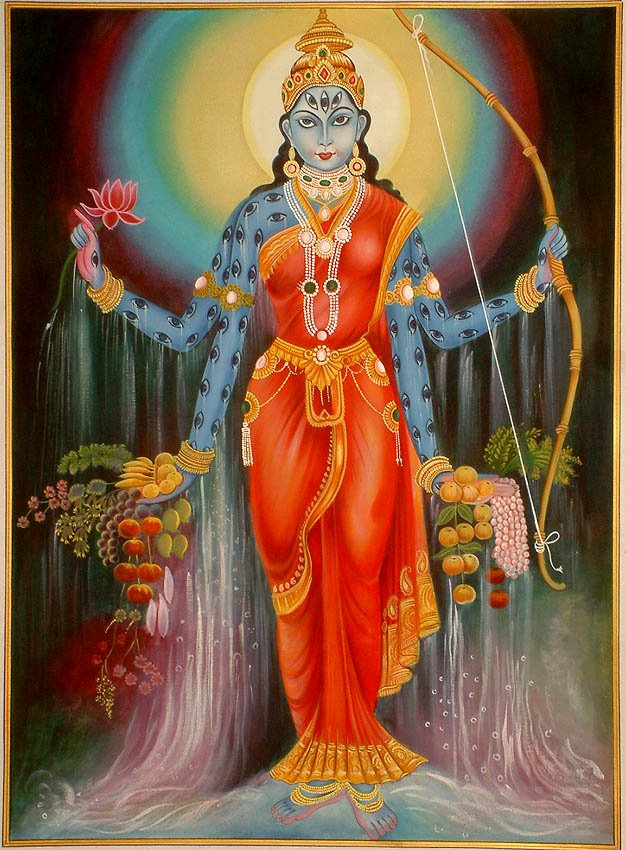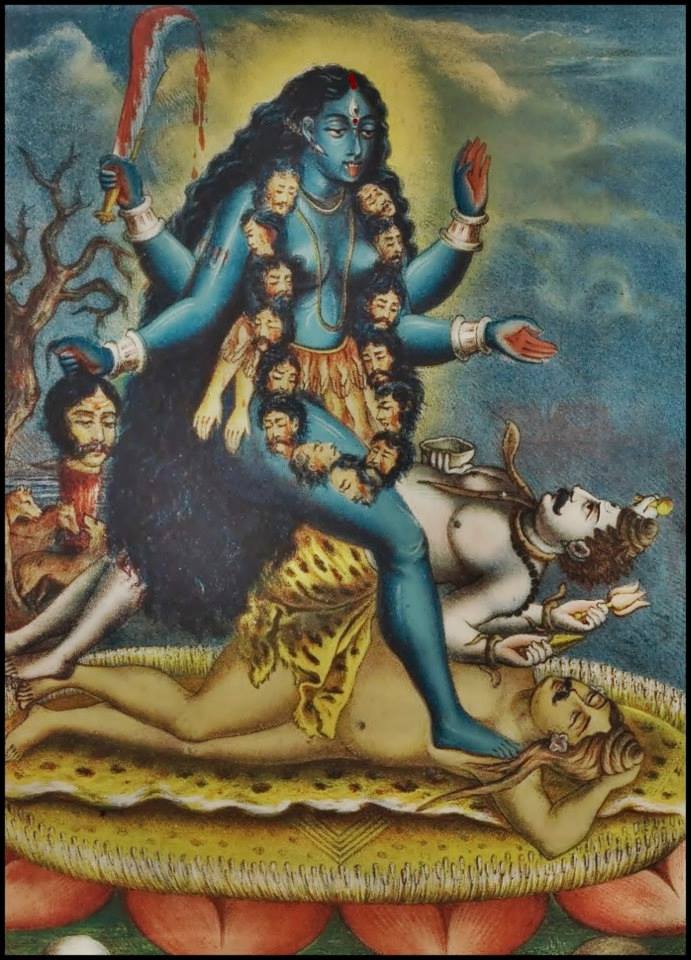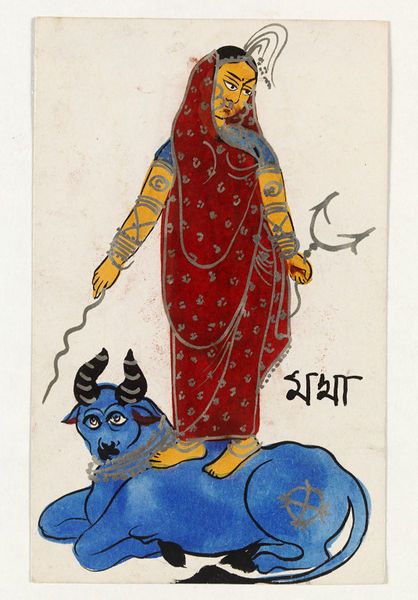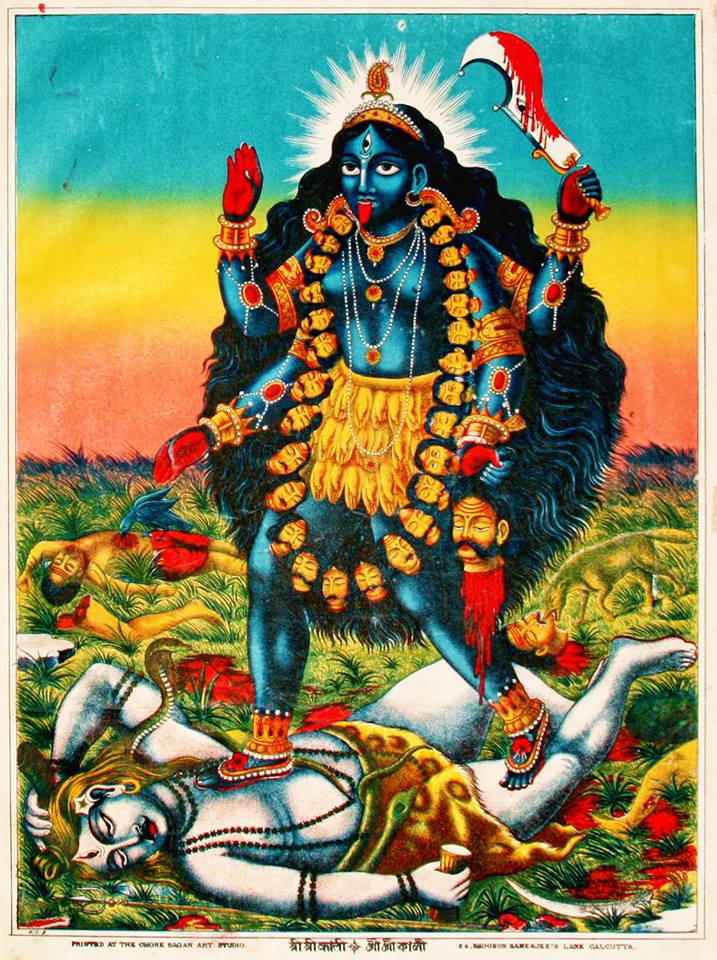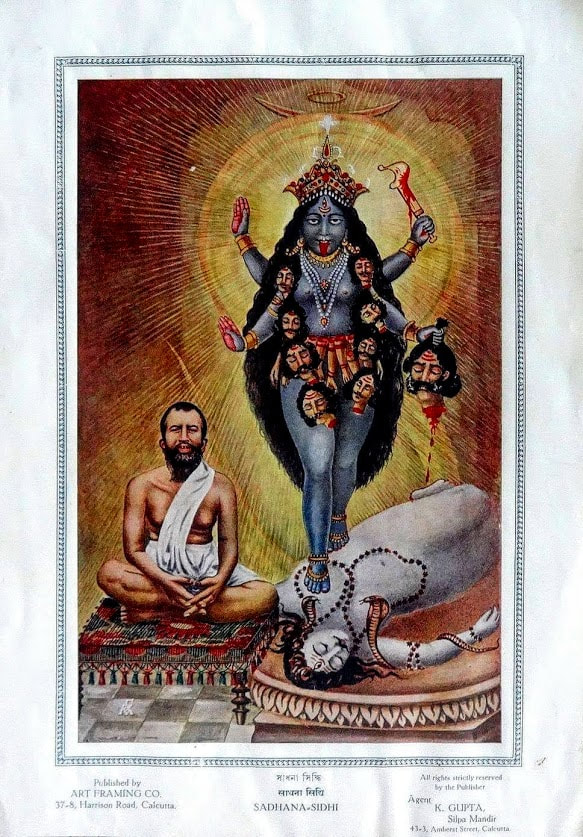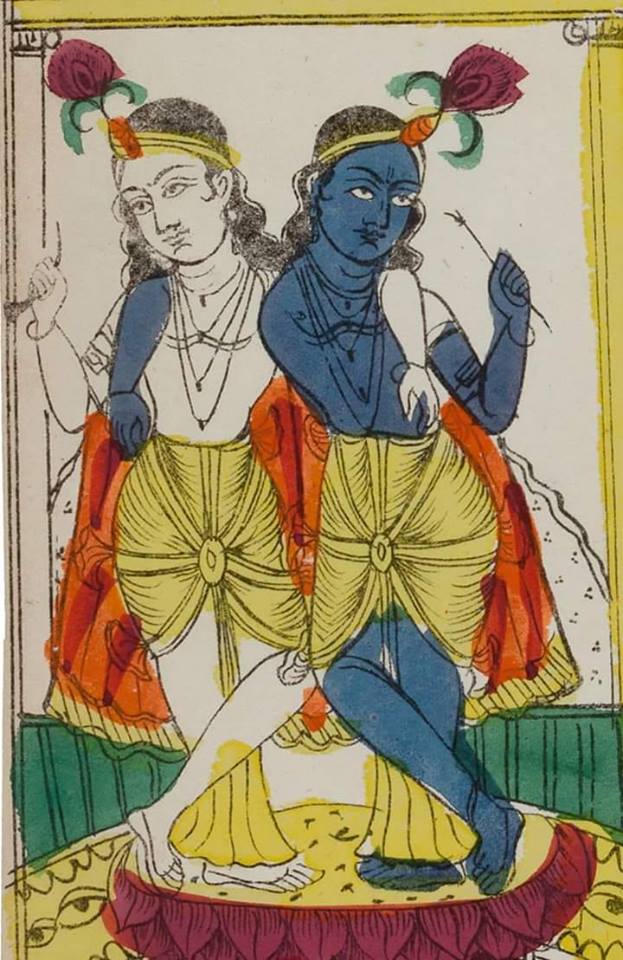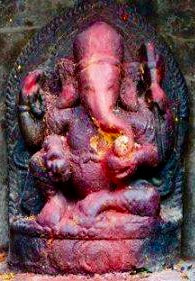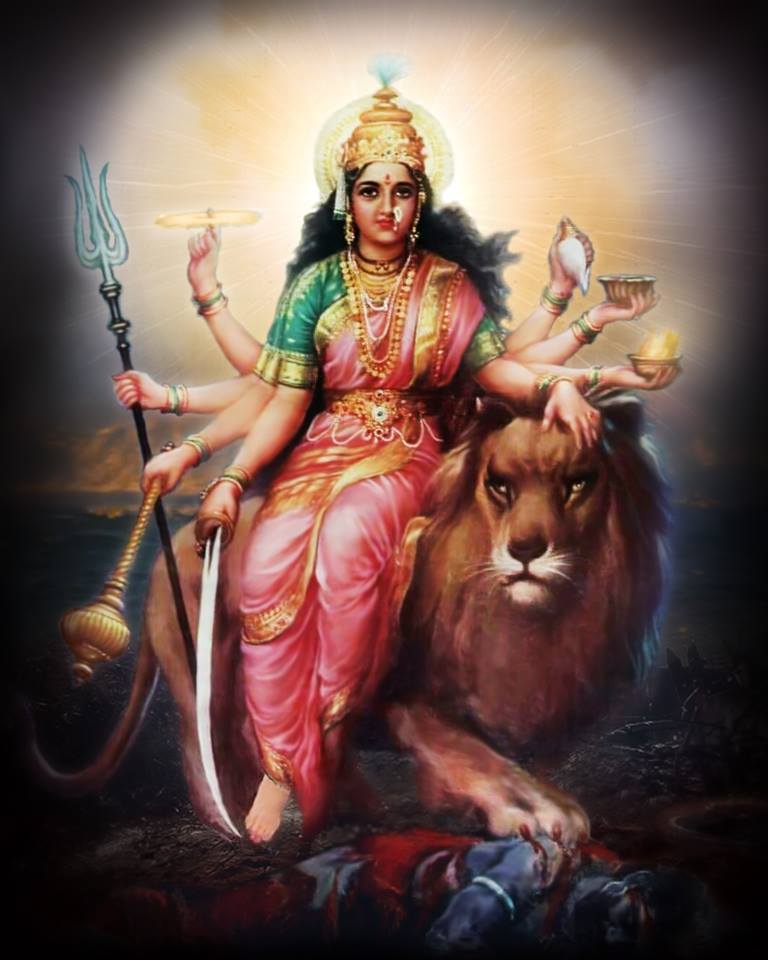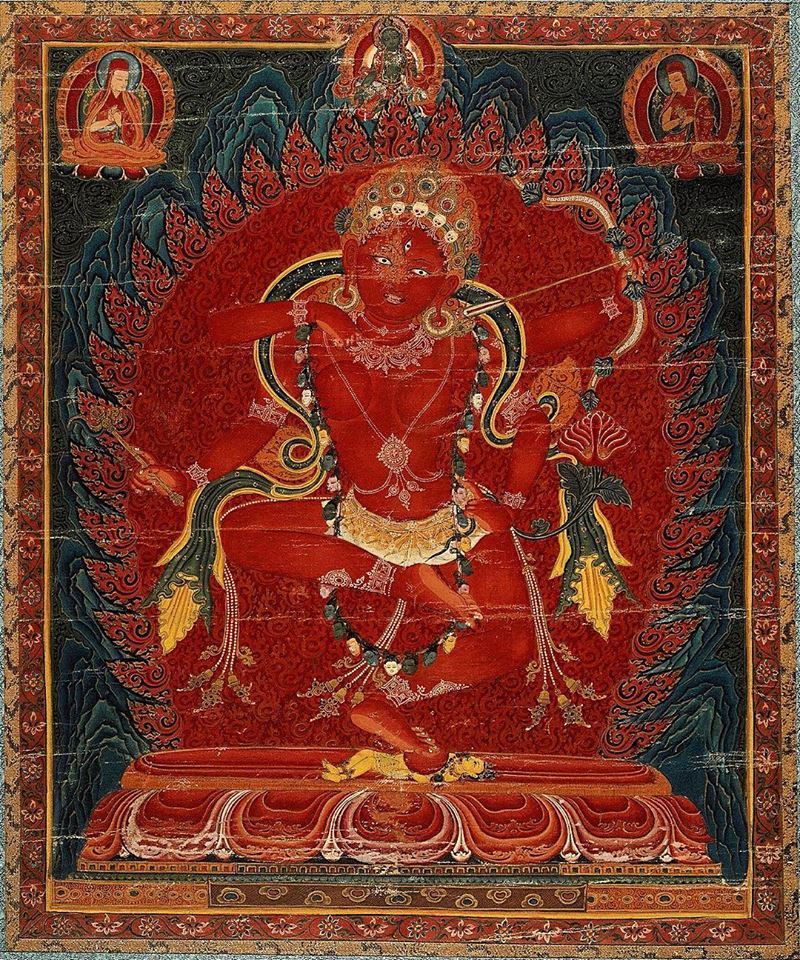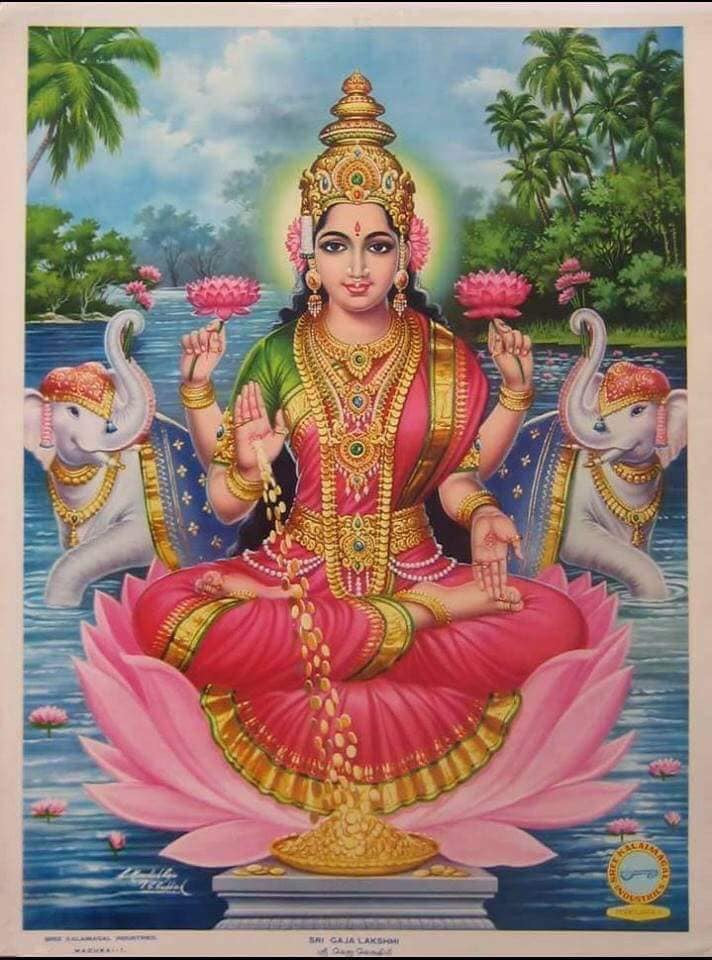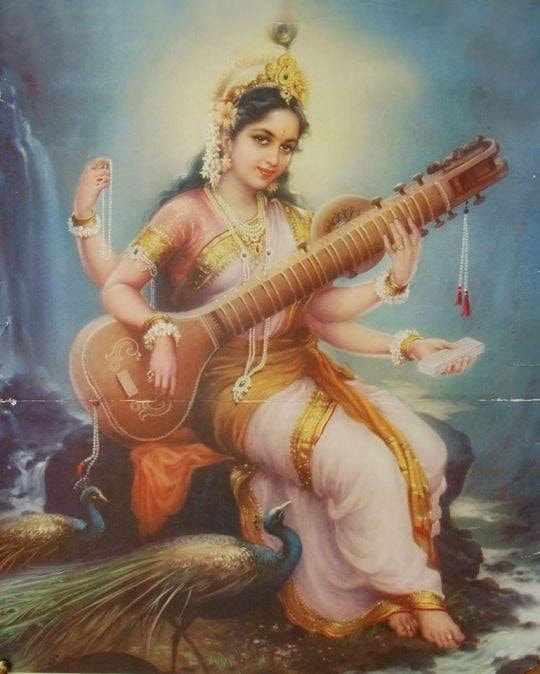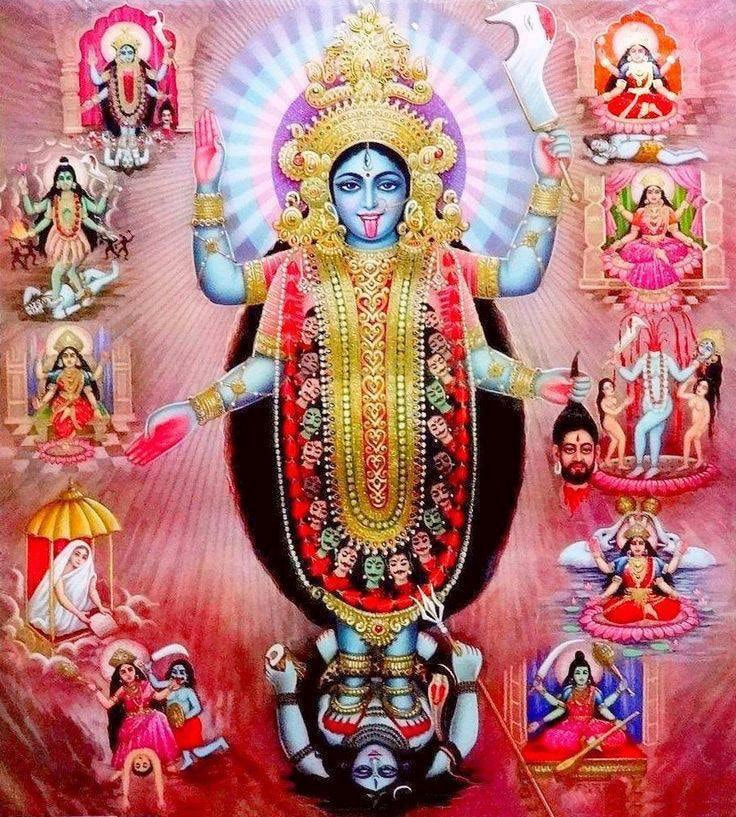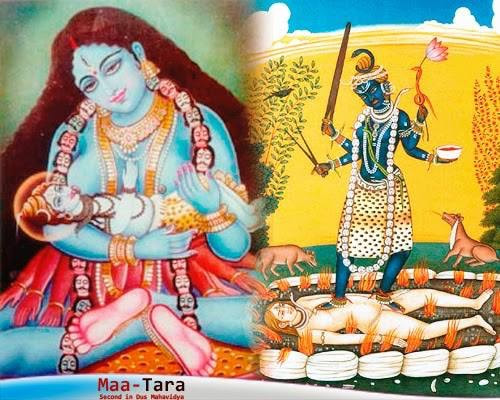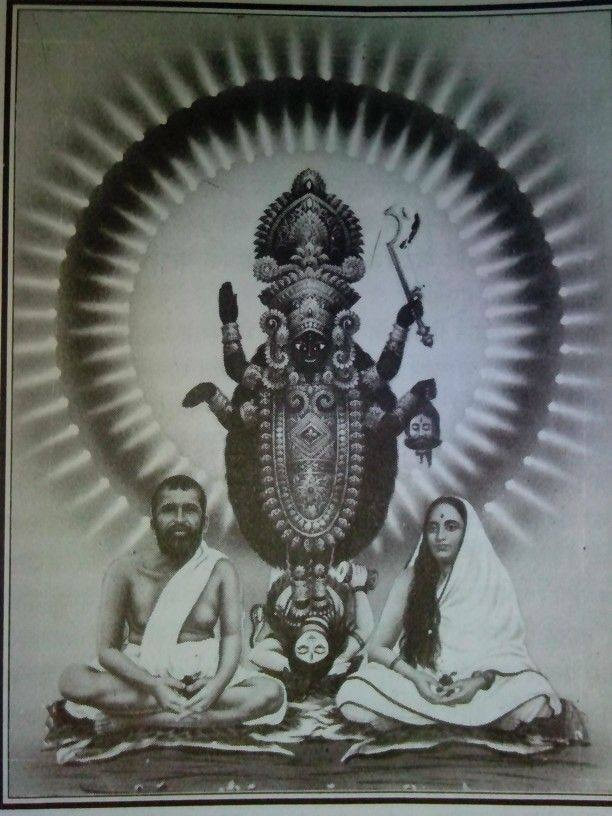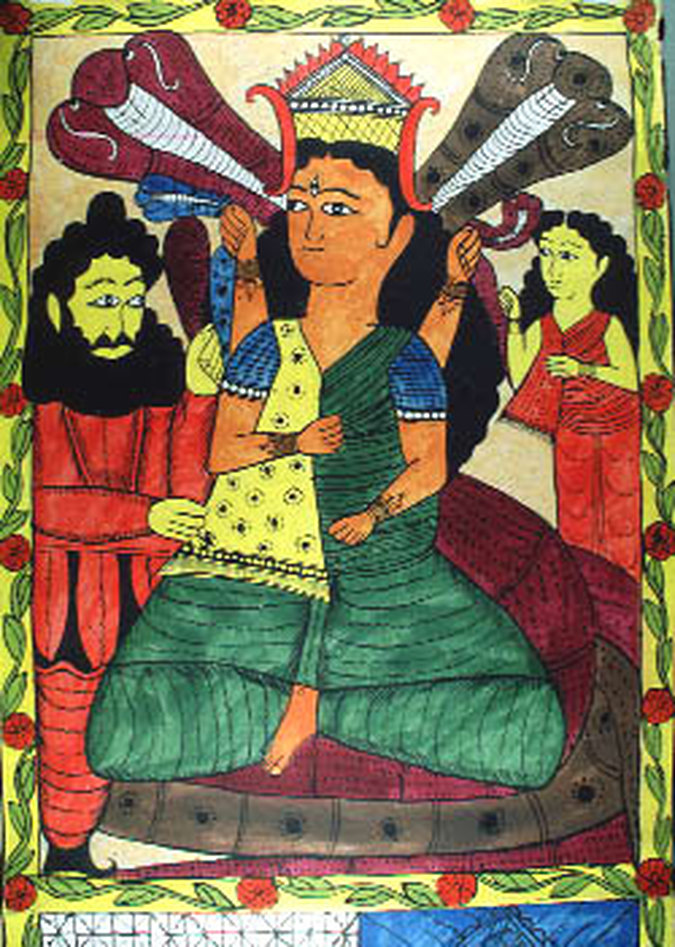
The Story of Goddess Manasa
and Behula-Lakhindar by Gurupada Chitrakar Victory!,
O Victorious One, We worship you "Oh Mother."
Victory!, O Victorious One, who takes away the poison. Your bed was made of serpents, yourthrone was made of vipers. The snakes on which the Goddess' seat is made are enchanted by good words.
The bark is shaken with fury
The ropes are pulled,
Who is the fool to abuse Mother Manasa?
Who is he but the husband of a woman of easy virtue. If I get hold of that easy virtued woman
I will beat her with a hental stick
And break her bones forever
[Curses Chando, the merchant] But altercation and enmity are never really good
Think you of Ravana of Lanka who nursed enmity
And this was the cause of his death
His ten thousand sons died
And fourteen thousand grandsons,
Now there is none in the city of Lanka
To keep the family light burning.
Wicked Chand Merchant, he did not understand anything.
He abused Mother Manasa
Calling her "sister-in-law's son"
That abuse Mother heard with her own ears
In wrath did she eat Chand Merchant's six sons.
Six sons did she eat, six sons' wives became widows.The old man does not have this wisdom tooffer her a token flower.
He has his youngest son who is named Lakhindar.
He says, let's go to Nichaninagar to marry him off.
In Nichminagar lives Amulya Merchant.
He has a daughter, he calls her Behula Ballerana.The old matchmaker went to finalize the match.
His teeth are like black pepper from taking pan.
At the wedding Lakhindar rides a palanquin,
Bandmaster Ray Harimohan's band plays with pomp.
The room for the newlyweds is made of iron
In it sleeps Behula and Lakhindar
Like a thread, Kalia [venomous snake] gets into the room
Seeing how beautiful Lakhindar is, he begins to think
Such a beautiful body, where shall I sting?
When the gods ask me, what shall I say?
Then an unlucky thing happened to Gentleman Chand's son.
He turned the other side, slack with sleep.
Then, calling the Moon and Sun as his witnesses, the snake bit Lakhindar The burning venom makes Lakhindar senseless
He cries, "Wake up, get up, O daughter of Saya the Merchant, what has bitten me?"
She makes a wick by tearing her sari and lights the lamp
Seeing the snake, she threw the betel nut cutter.
People came running to the merchant and said, "your son is dead."
Merchant Chand listens, "It is good my son Lakhindar is dead."
And saying this, he took up his stick and began to dance.
"When the day dawns, I will roast a fish and eat it with day old rice. Behula said: O Father-in-law, I did not live for 20 days in your house. There are so many gods, what made your quarrel with Manasa? Your gave me conchshell bangles and saris, take them back as compensation.Cut up banana tree bark, and put then in the water.
Taking the banana plant, the old man cut them and made a raft, Behula set sail. Say how many ports she missed.
Her six brothers followed her.Her brothers called out "O elder sister, our loved one, why are you drifting with a rotten corpse? Come back home, we'll take care of you.
You have six brothers' wives, we'll make them work under you."Behula: "The parental home in not for me anymore. Your wives will always be fighting with me. I have become a widow at a tender age. I will not return to my parents' home." Consoling the brothers, she sails on.The corpse on its raft reached Goda's wharf. Goda is a clever fellow. Sitting
on the sandy banks of Dangra, he doesn't eat rice, only rui carp.
Seeing a young woman, Goda mocks and teases: "Tell me woman with vermilion on her forehead, where do you live?"Behula: "Ash in your mouth, Goda, ash in your mouth. I am the handmaiden ofMother Manasa.
I float downstream." And she floats away.In this fashion, she passed by the landing places. For six months they traveled in this fashion. Arriving at Tamluk Port, the corpse begins to dance.
Netai goes and washes clothes, flowery draperies
Behula also goes and washes clothes as bright as the sun
Taking these clothes Behula goes to the city of the gods.
She asks a boon from Brahma, Vishnu and Maheswar
"We bless you Mother Behula, we bless you with a boon.
Take your six brothers-in-law and your husband and depart to your father-in-law's house." She prepares six rafts in a joyous frame of mind.Resurrecting her dead husband, Behula comes back to her native land .She worships Mother Manasa back home Chand Merchant gives Manasa a flower offering with his left hand.
No woman is as virtuous as Behula The old man gets seven sons and their seven wives all at home From that day on, people began to worship Manasa in every house.
by Gurupada Chitrakar
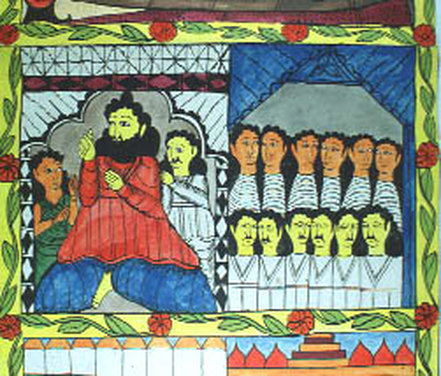
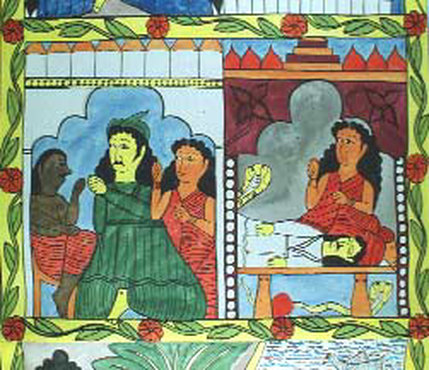
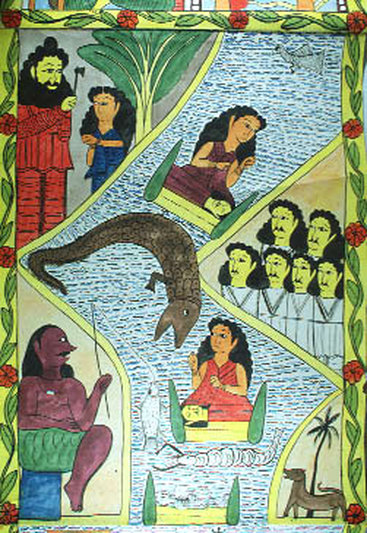

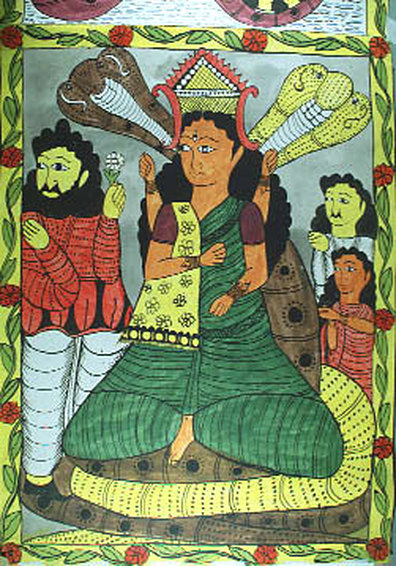
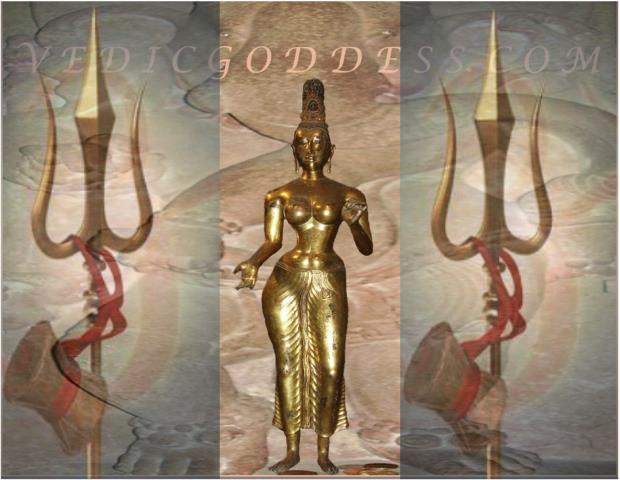
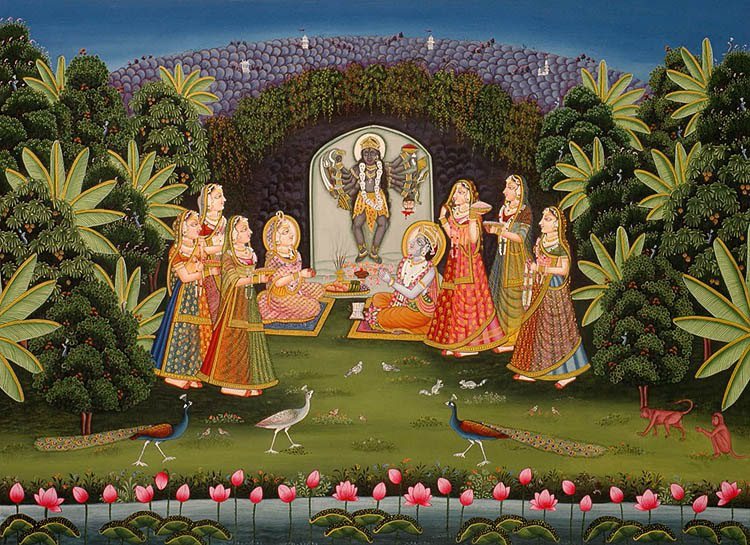

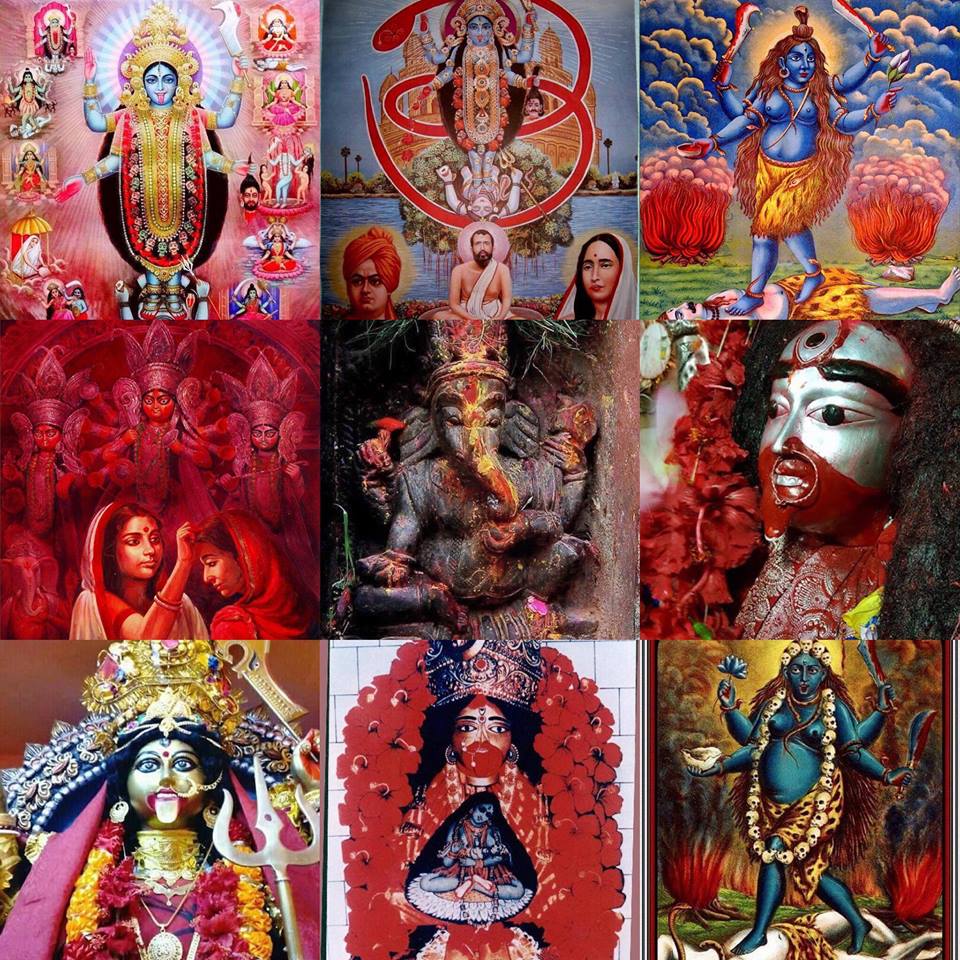
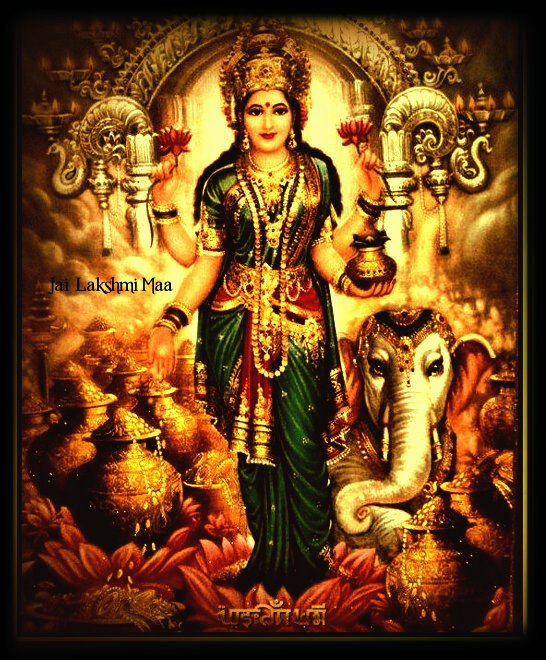
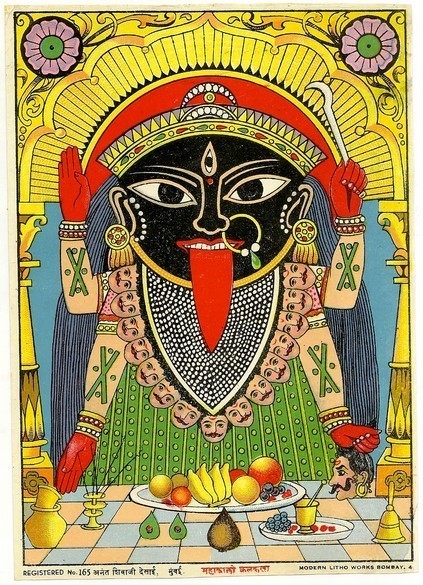
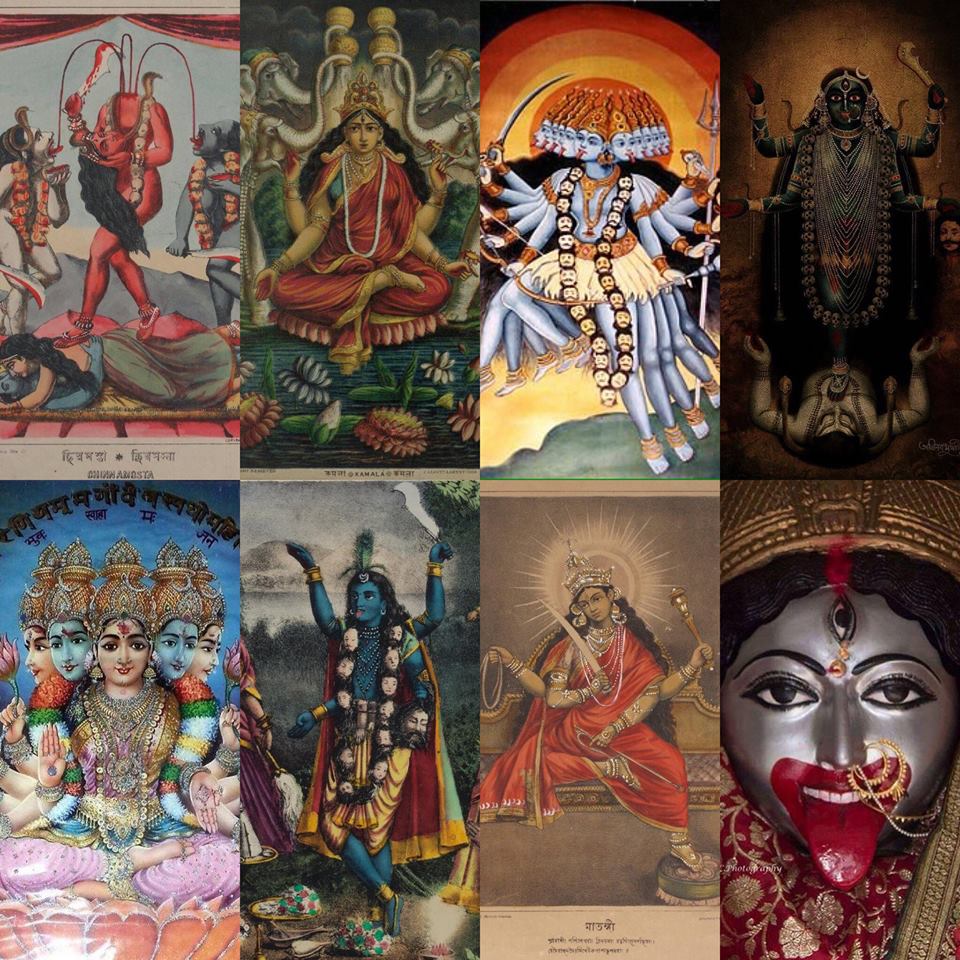
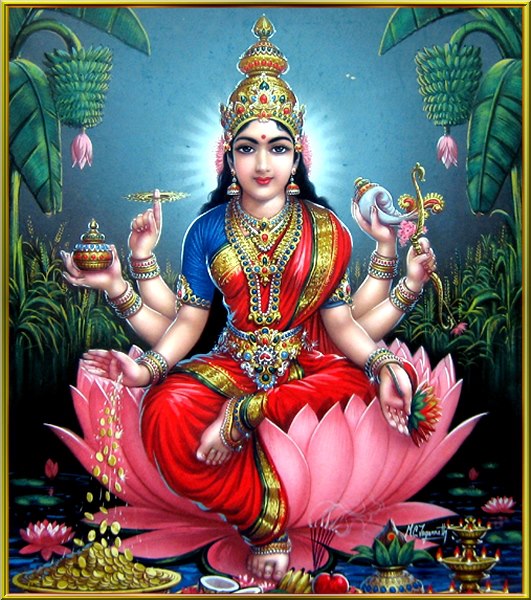
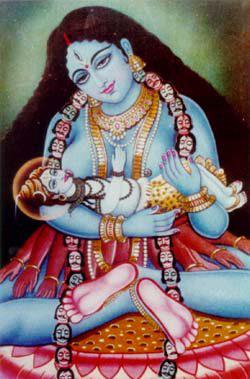
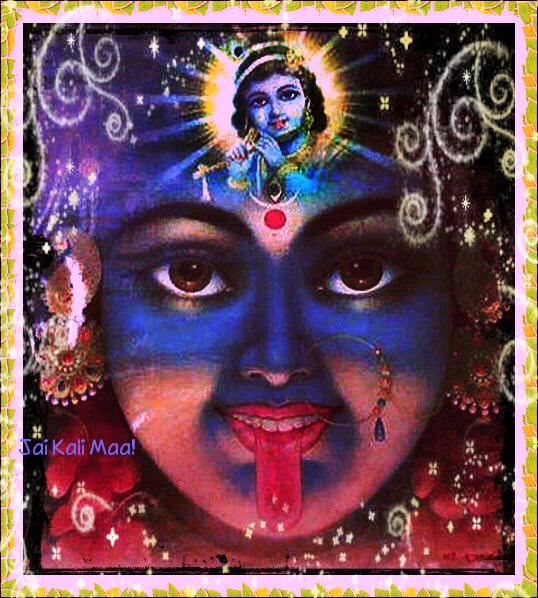
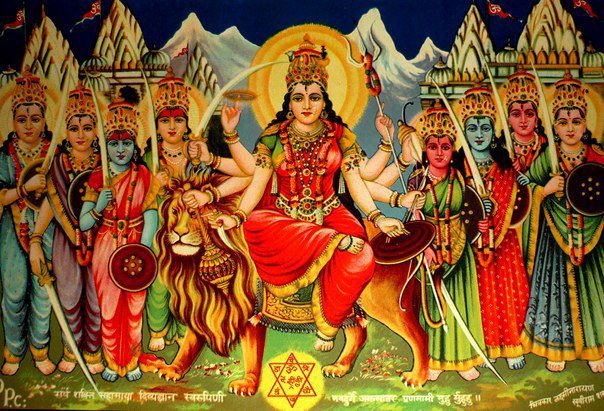
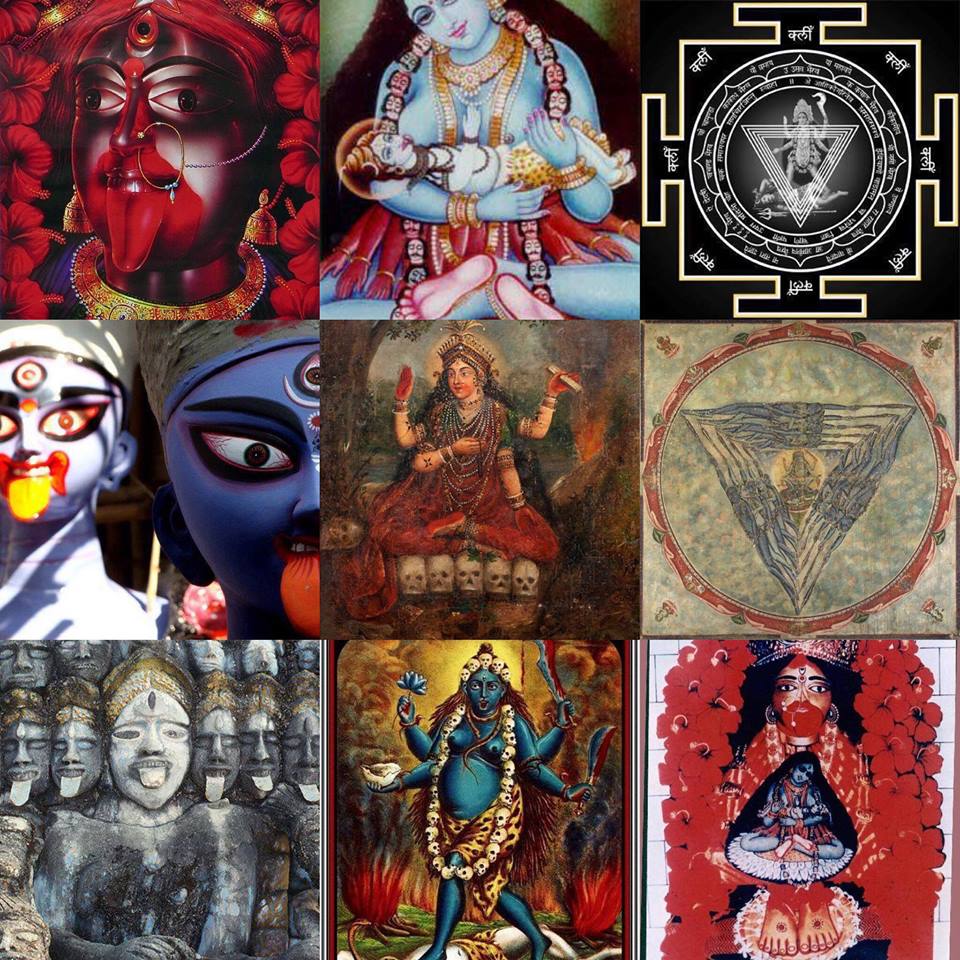
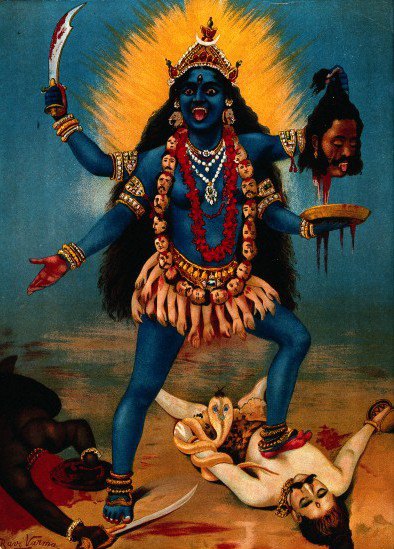
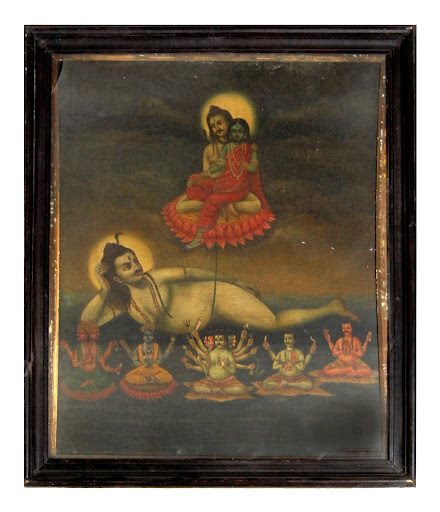
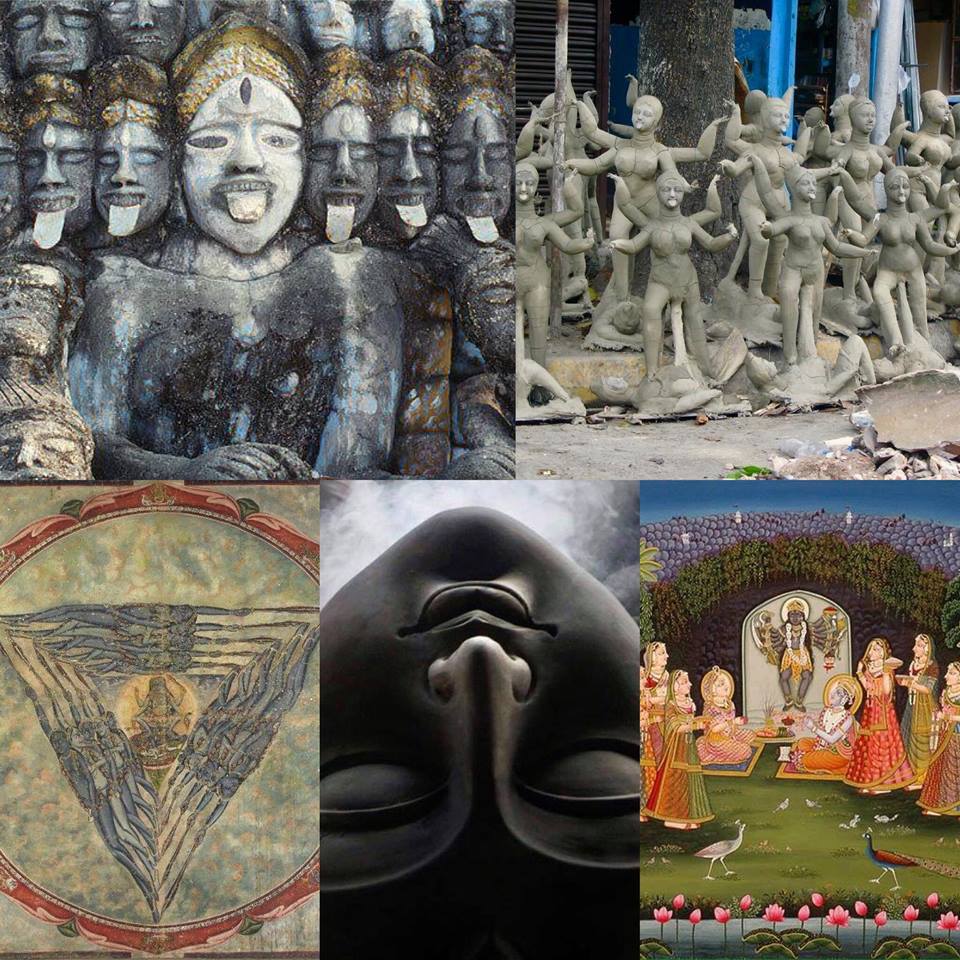
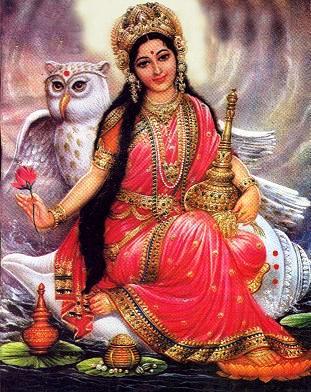
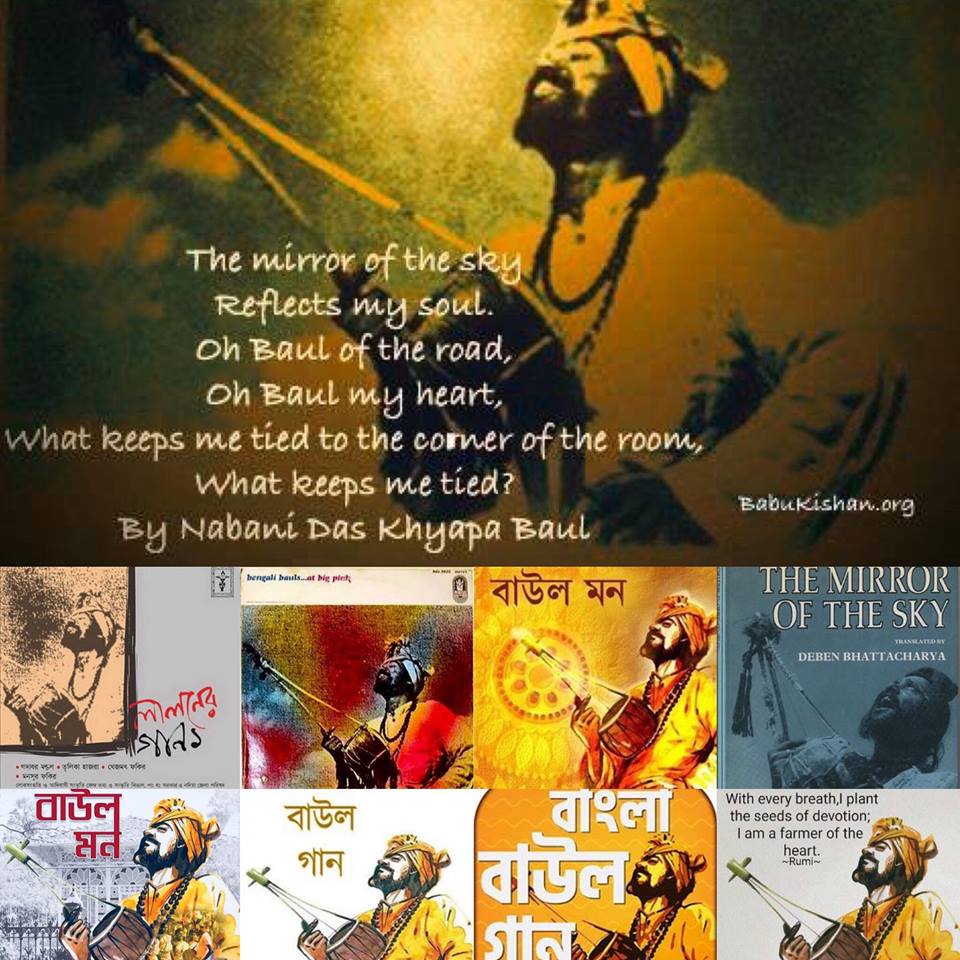
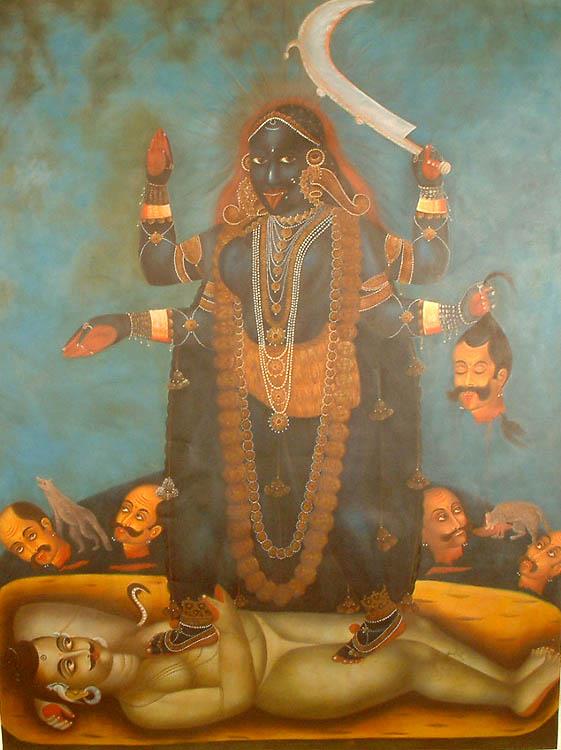
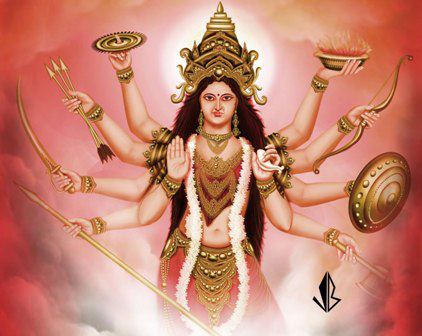
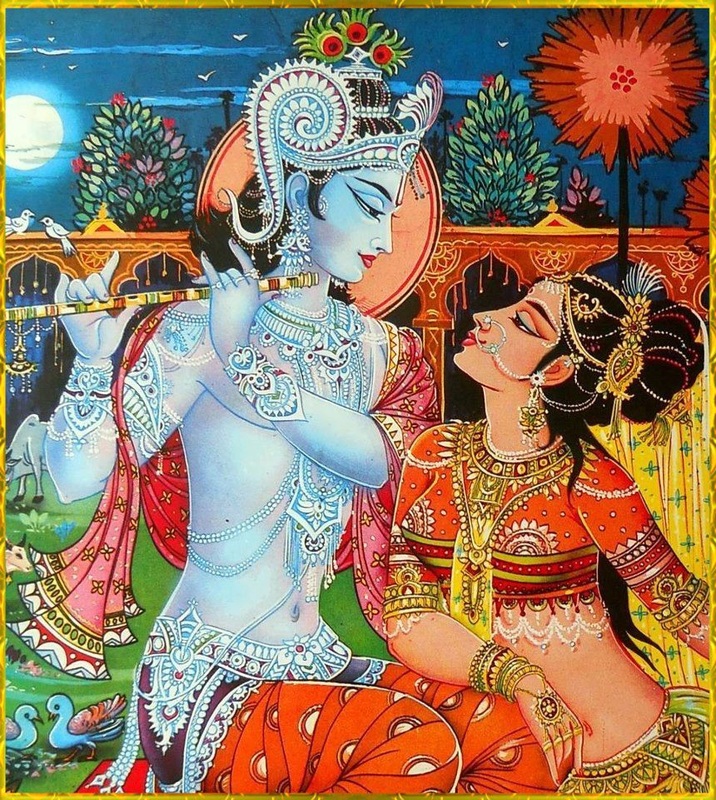
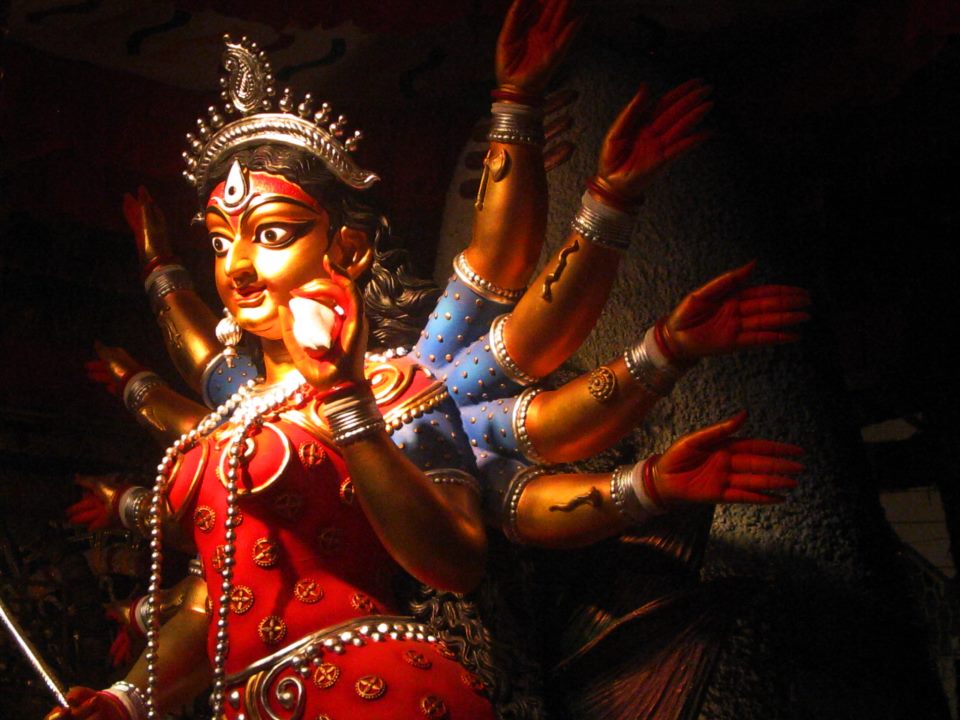
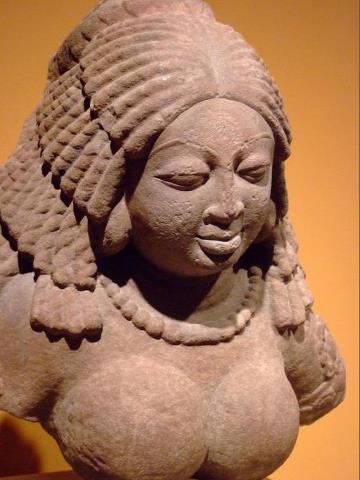
 RSS Feed
RSS Feed
